Cancer
Cancer is a complex disease and the type of treatments depend strongly on the origin of the cancer and its stage of progression.For more information: https://www.animalresearch.info/en/medical-advances/diseases-research/cancer/
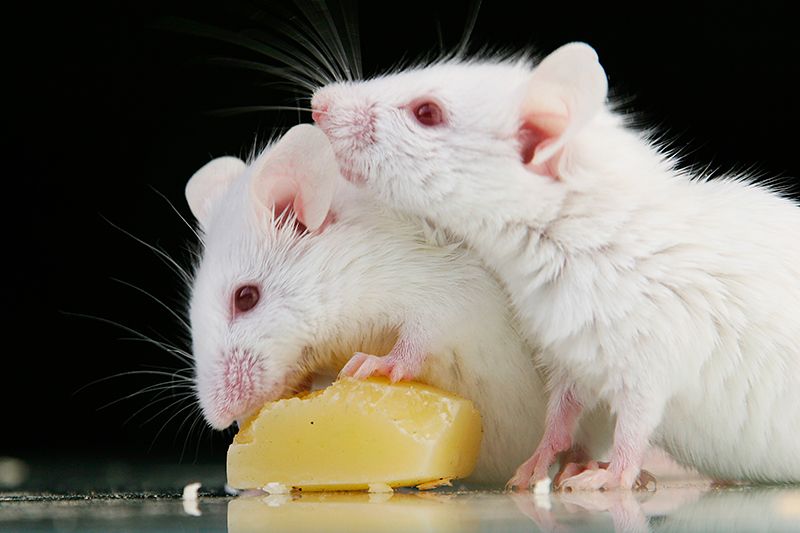
11/07/18 The right diet can boost potency of cancer drugs
Boosting the power of some cancer drugs could be as simple as modifying what you eat, according to two recent studies in mice. The results are the latest from an ongoing push to harness the body’s metabolism to fight cancer. A study1 published on 11 July in Nature finds that supplementing mouse chow with the amino acid histidine made a chemotherapy called methotrexate more effective against leukaemia cells. Histidine, which is particularly rich in foods like meat and beans, can be given as a nutritional supplement.
https://www.nature.com/articles/d41586-018-05694-w
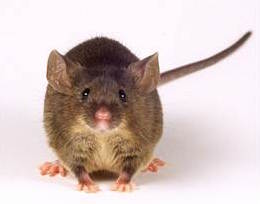
03/07/18 Drug gets body cells to 'eat and destroy' cancer
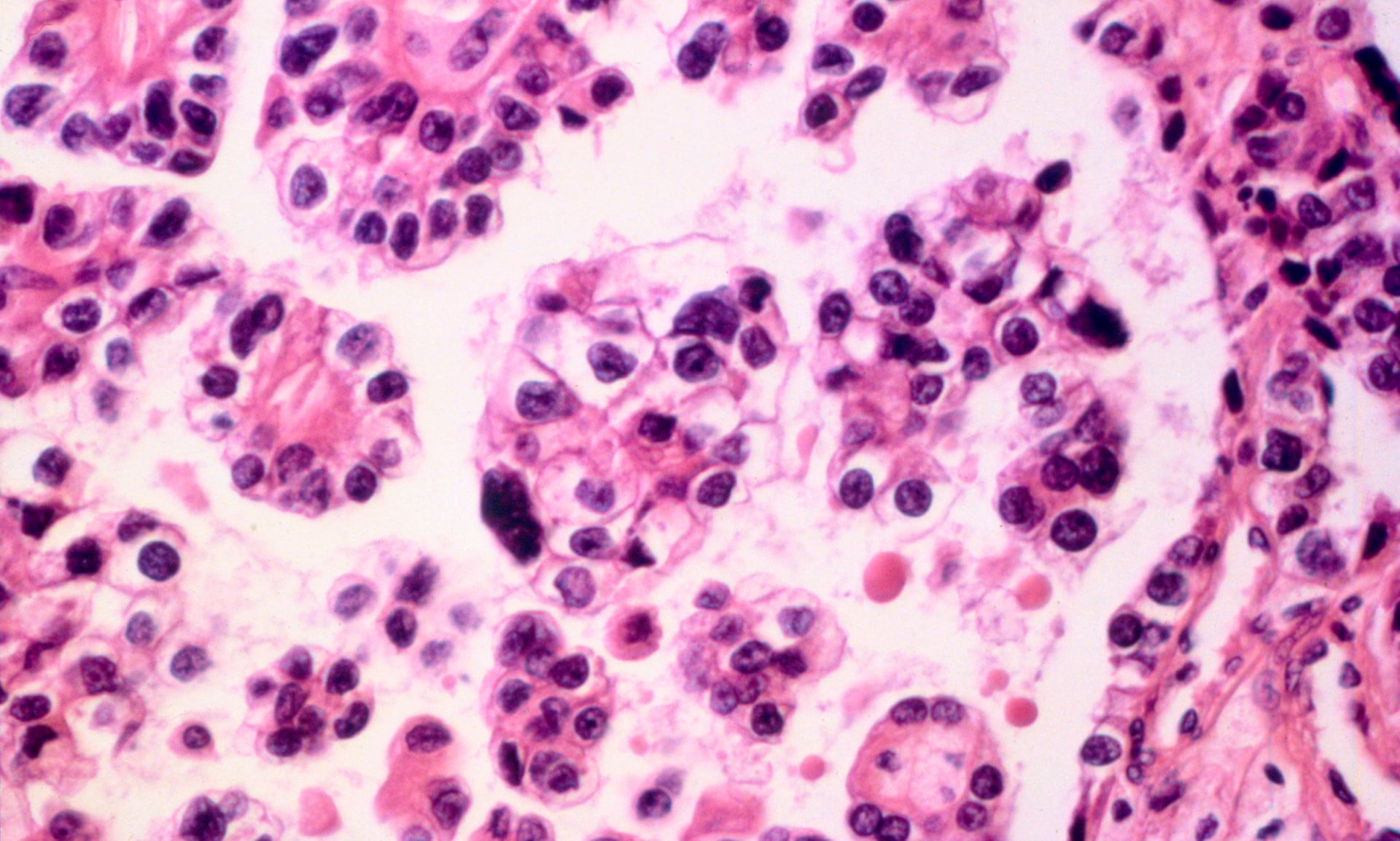
21/06/18 Existing treatment could be used for 'untreatable' form of lung cancer
An existing cancer treatment could be used for a common form of lung cancer for which there is currently no specific treatment available, new research suggests. Scientists found the treatment blocked cell growth in a subtype of lung cancer in mice. The new findings, led by the University of Glasgow, have raised hopes a large number of patients could benefit from the treatment if used in combination with additional therapies.
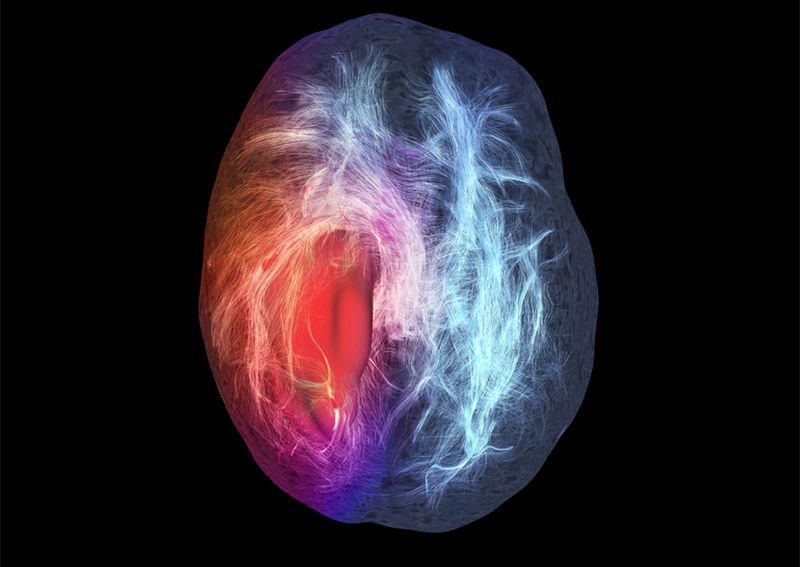
08/05/18 Cancer-killing viruses show promise — and draw billion-dollar investment
Pharmaceutical giant Johnson & Johnson announced on 2 May that it would pay up to US$1 billion to acquire a company that makes cancer-killing viruses. It was a striking show of support for a still-unproven treatment, but the bid is just the latest sign that industry and academics are warming to the approach. But studies in mice suggest that combining checkpoint inhibitors with cancer-killing viruses might boost that percentage. And in a small clinical trial involving 21 people with advanced melanoma, Imlygic, together with a checkpoint inhibitor called pembrolizumab, significantly shrank tumours in 62% of participants and wiped them out altogether in 33% of cases.
https://www.nature.com/articles/d41586-018-05104-1
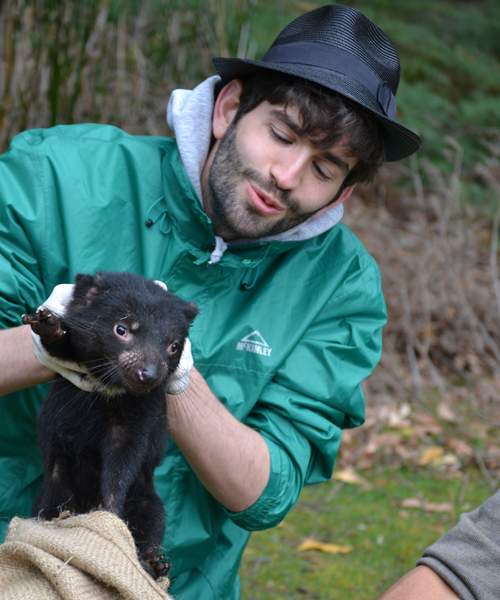
09/04/18 Human anti-cancer drugs could help treat transmissible cancers in Tasmanian devils
Transmissible cancers are incredibly rare in nature, yet have arisen in Tasmanian devils on at least two separate occasions. New research from the University of Cambridge identifies key anti-cancer drugs which could be trialled as a treatment for these diseases, which are threatening Tasmanian devils with extinction.

21/03/17 Immune-boosting gel prevents cancer relapse after surgery
A gel that boosts the immune system can stop cancers from re-growing and spreading in the body. Forty per cent of people with cancer within five years of having tumours removed from their body, but results from a study that tested the gel in mice suggest this might be preventable.

12/03/18 Aggressive breast cancer tumours can be 'transformed' into more treatable form
Aggressive breast cancer tumours that are usually only treatable with intensive chemotherapy can be made hyper-sensitive to conventional treatments by a new technique developed by Swedish researchers. Experts say the approach used opened up new research and treatment possibilities, and it could provide a “real opportunity” to improve the survival chances of the 15 per cent of patients whose breast cancer is resistant to front-line therapies.
In laboratory tests the team from Lund University, showed that disrupting the tumour cells communication with the connective tissue cells of the breast could render it vulnerable to hormone therapy treatments like tamoxifen. They used an experimental drug to block a signalling molecule that transmits information between breast cancer cells and surrounding connective tissue.
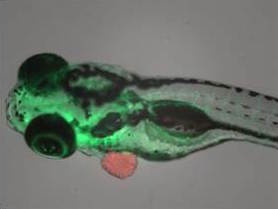
21/08/17 Zebrafish 'host' human cancers
Zebrafish could be used to host human cancers, allowing tests to find the best drugs to use on tumours which are all different and can evolve. Cancer patients could be given living ‘avatars’ to enable doctors to test different kinds of drugs to find an effective treatment. Researchers in Portugal said they had demonstrated for the first time that zebrafish larvae could be used as a host for samples of an individual’s tumour. This would allow doctors to try different drugs to develop a personalised course of treatment.
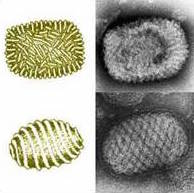
22/02/17 Bone cancer treated with rabbit virus
New research suggests that myxoma virus, which is only found in rabbits could be used as a treatment for fatal blood cancer. A study in mice found that the virus was able to eradicate an aggressive form of bone cancer by strengthening and immune system. If the approach works in humans, it could lead to new treatments for blood cancers like multiple myeloma which normally reply on stem cell transplants.
http://www.dailymail.co.uk/health/article-4249096/RABBITS-secret-weapon-fight-against-bone-marrow-cancer.html
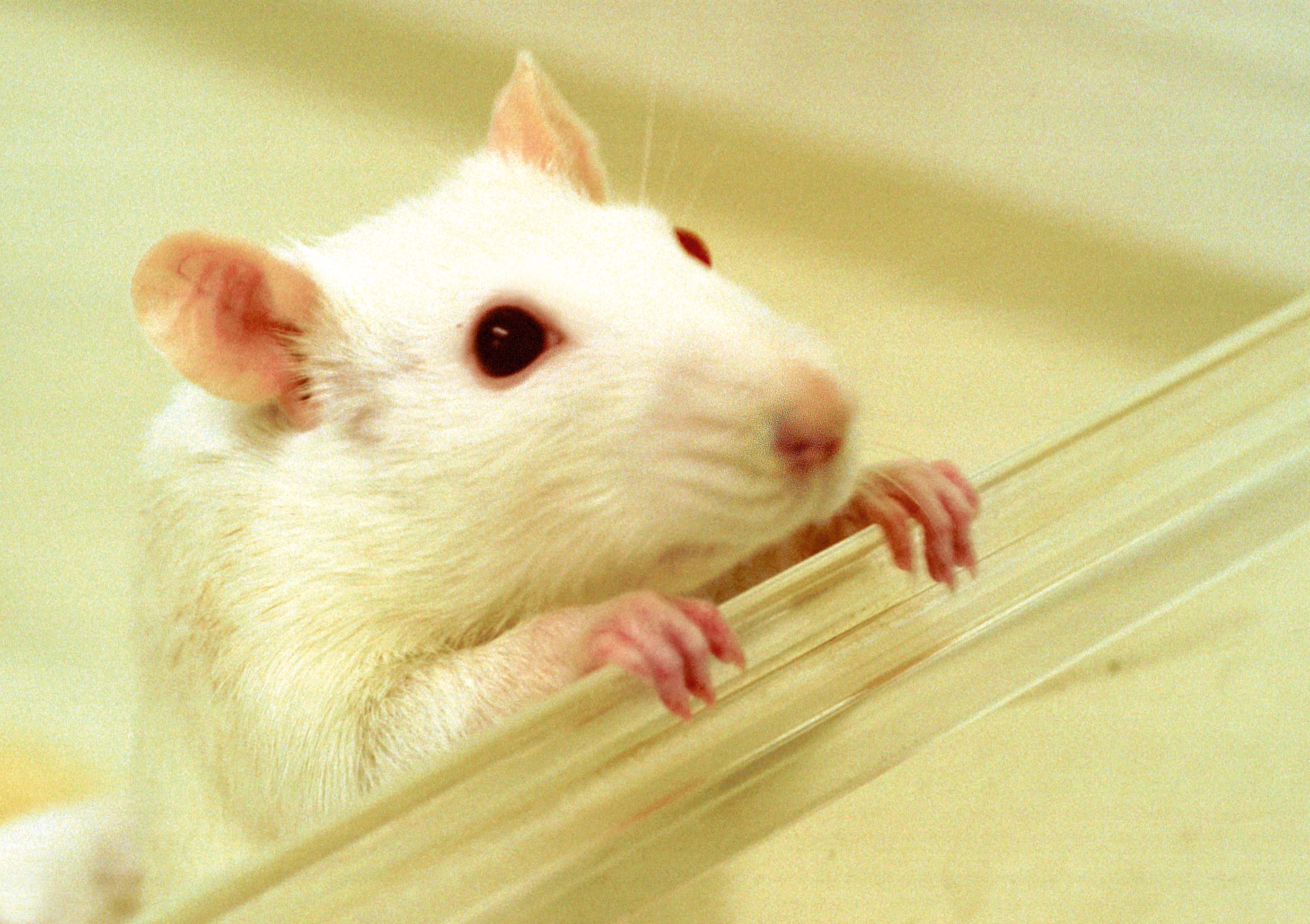
19/02/17 Hibernation rat study offers hope for advanced cancer treatment
Studies in rats have found that putting animals into a state of hibernation can help protect them from the toxic side effects of radiotherapy when administering the cancer treatment. Furthermore, in the torpor state the tumours stop growing. A leading expert believes this may be an effective tool in treating human cancers in the next 10 years.
http://www.telegraph.co.uk/science/2017/02/19/placing-terminal-cancer-patients-hibernation-could-mitigate/
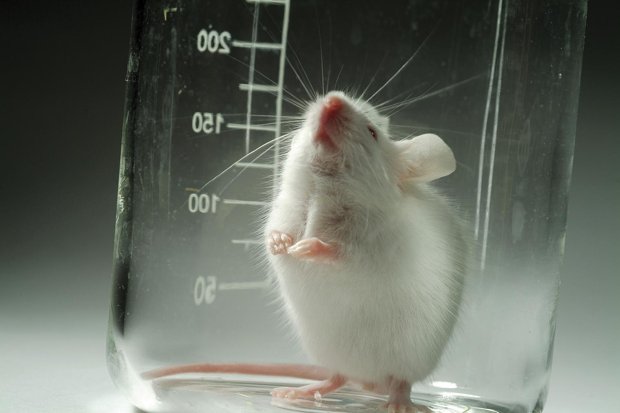
17/02/17 Vitamin B3 may protect against glaucoma
A study in mice reveals that adding vitamin B3 to water may protect against glaucoma. This discovery could point towards a cheap and safe treatment for older people as an alternative to eye drops.
http://www.dailymail.co.uk/health/article-4235222/Adding-vitamin-B3-water-prevent-glaucoma.html
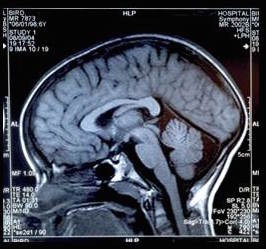
10/02/17 Gold particles used to shrink tumours
Scientists are recreating the shape of the rabies virus using gold particles in order to target tumours in the brain. The particles could then be heated up using laser light and kill infected tissue around it. The scientists injected these particles into the tail of mice with tumours - they quickly travelled to the brain and the scientists were able to greatly reduce the size of the tumours.
http://www.sciencemag.org/news/2017/02/how-stop-brain-cancer-rabies
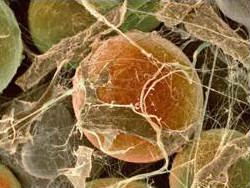
07/12/16 Fats fuel metastasis
The cells responsible for cancer’s spread — and for most deaths from cancer — may have a fatal weakness according to studies in mice: a reliance on certain fats to fuel their invasion. Benitah and his team found that high CD36 expression was required for metastasis in mice. Antibodies that blocked CD36 — and eliminated its interaction with fatty acids — completely inhibited metastasis, although they did not affect the development of primary tumours. Benitah notes that such a therapy may be effective even after cancer has started to spread: in mice, experimental antibodies eradicated metastatic tumours 15% of the time. The remaining metastatic tumours shrunk by at least 80%.
http://www.nature.com/news/fat-fuels-cancer-s-spread-in-mice-1.21092
Nature doi:10.1038/nature.2016.21092
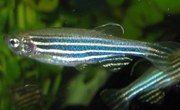
10/11/16 Brain tumour modelled in zebrafish
An existing group of drugs reduced or eliminated childhood brain cancer while sparing normal brain tissue in zebrafish, according to a new study. Researchers at the Huntsman Cancer Institute at the University of Utahconcentrated on primitive neuroectodermal tumours of the central nervous system (CNS-PNET), a particularly aggressive paediatric brain tumour. Until now, researchers had been without a cell line or accurate model for CNS-PNET, which made it impossible to test treatments. The research team then used the zebrafish model to test already existing compounds, including MEK inhibitors. Previous research had indicated that MEK inhibitors already in a clinical trial might work. MEK inhibitors eliminated tumours in 80% of the zebrafish treated. Additionally, these tumours did not return.
https://www.alnmag.com/news/2016/11/targeted-treatments-childrens-brain-cancer-identified-zebrafish
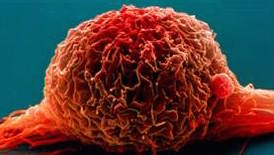
18/10/16 Cold cure for bladder cancer
A drug used to treat the common cold could be used to stop the spread of bladder cancer, a study has found. Researchers in Japan found that a non-steroid anti-inflammatory drug suppressed the spread of the cancer in mice and also reduced its resistance to chemotherapy. The results raise hopes of a cure for a disease that killed more than 5,000 people in the UK alone in 2014.

06/09/16 Gene-editing tool, Crispr-Cas9, stunts tumour growth in mice
Dr Weiren Huang and his team from Shenzhen University, in China, used the gene-editing tool Crispr-Cas9 to stunt tumour growth in mice. Mice with the reprogrammed code developed tumours that were much smaller than cancers in mice that did not get this treatment. Whilst experts call the study promising more research is needed to see whether the technique would work in humans.
http://www.bbc.co.uk/news/health-37279430
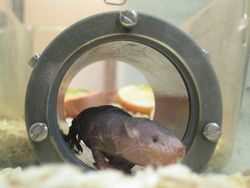
16/06/2016 Cancer resistance in naked mole rats
Naked mole rats have interested scientists for a long time thanks to their resistance to cancer. Scientists discovered that reprogramming naked mole rat cells back into induced pluripotent stem cells (iPSCs), and then inserting these into the testes of mice, did NOT result in teratoma tumours, as the tumour-supressing gene, ARF, remained active.
http://www.alnmag.com/news/2016/06/naked-mole-rats-exhibit-extraordinary-cancer-resistance
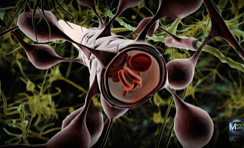
15/06/16 Microbubbles open brain’s barrier to make chemo more effective
The brain barrier makes it difficult to treat brain tumours and other diseases of the brain because most drugs simply fail to reach their target.
Experiments with mice have shown that the brain barrier can be temporarily disrupted, allowing therapeutic material to enter. The technique was trialled on one human volunteer last year and now will be tried on a larger group.
From New Scientist: "Microbubbles – tiny bubbles of an innocuous gas wrapped in a lipid coating – can be injected into the bloodstream, where they stick around for about 4 minutes. If ultrasound is applied to a specific area of the body or brain within that time, it can cause the bubbles in its path to vibrate. This vibration has been found to temporarily open up the blood-brain barrier in animals and humans.
https://www.newscientist.com/article/2093829-microbubbles-open-brains-barrier-to-make-chemo-more-effective/
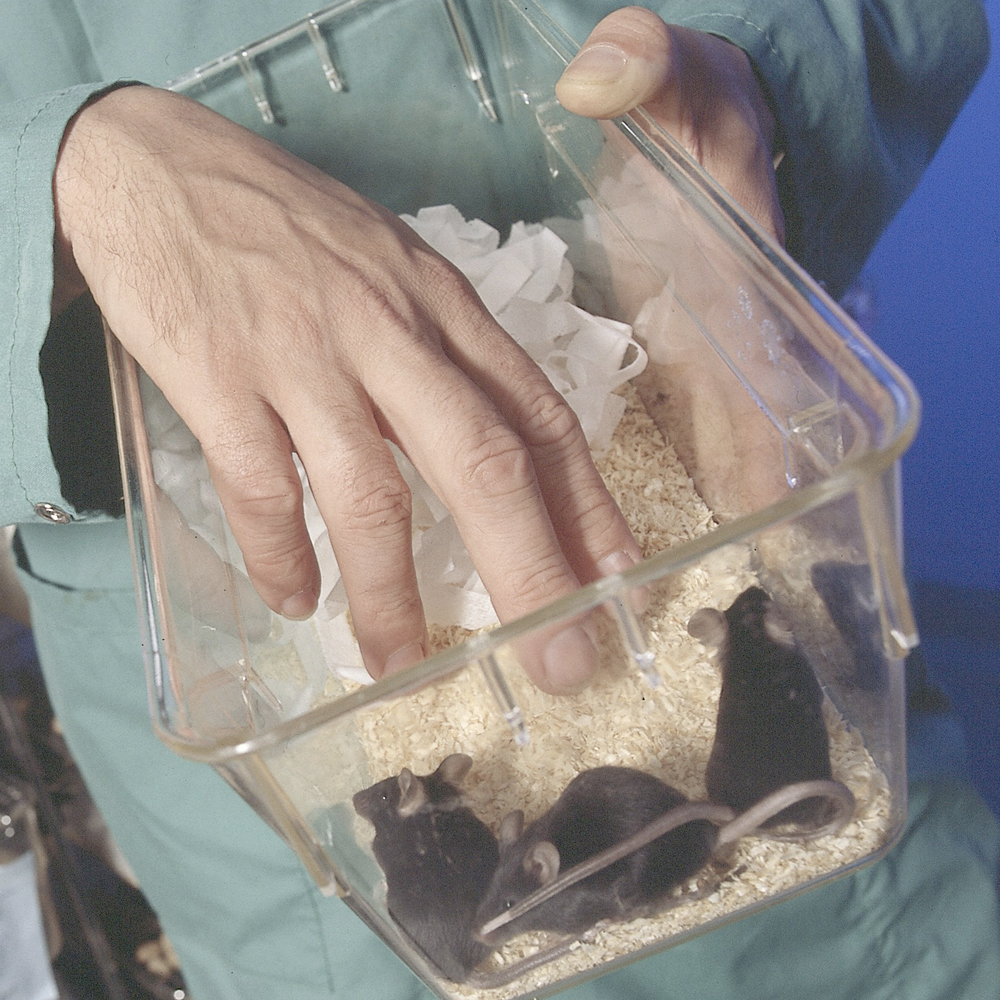
03/06/16 New compound has decreased tumour size in mice with breast cancer
Fasnall, a new compound, has been shown to decrease the size of tumours in mice with breast cancer. When researchers tested Fasnall alongside the chemotherapy drug carboplatin, tumours shrunk and survival increased more than with either agent by itself. The study focused on mice with HER2-positive breast cancer, which is responsible for about one in five breast cancer diagnoses in women. The mice showed no signs of major side effects, suggesting that an increased dose could used to produce more dramatic results. More studies in animals are required before human trials can commence.
http://www.alnmag.com/news/2016/06/novel-compound-shows-promise-against-breast-cancer
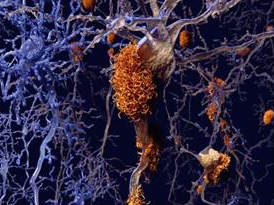
02/06/16 vaccine against cancer makes the body’s immune system attack tumours
Scientists have started to develop a universal vaccine against cancer that makes the body’s immune system attack tumours. The vaccine was found to be effective in mice and has been trialled in three patients to access toxicity. A tumour on a lymph node shrunk in one patient. Another patient, whose tumours had been surgically removed, was cancer-free after seven months. The third patient had eight tumours that remained “clinically stable”. The vaccine also produced limited side-effects in contrast to the extreme sickness caused by chemotherapy. However, more research is needed to prove how beneficial the treatment is.
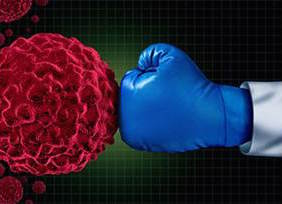
05/27/16 antibody can preferentially attack cancer cells
Studies in mice show that an antibody produced by the human body can preferentially attack cancer cells. When put in mice it effectively shrunk the tumour without side effects.
http://www.alnmag.com/news/2016/05/antibody-attacks-only-cancer-cells-animal-study-shows
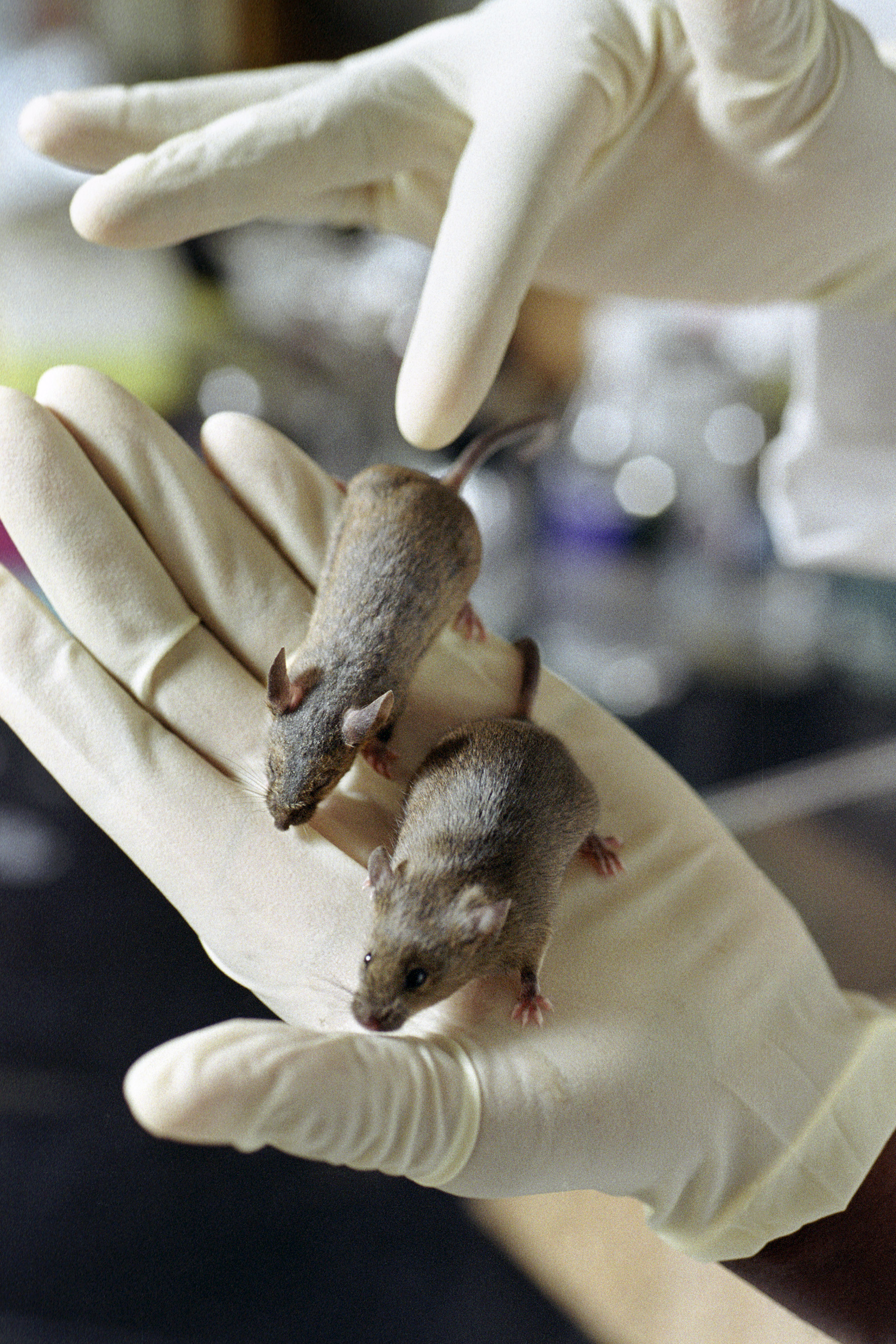
25/05/16 Scientists block breast cancer cells from hiding in bones of mice
Breast cancer cells can move to the bone marrow. Here they survive cancer treatment and re-emerge later to grow and kill. Researchers have blocked breast cancer cells from entering the bone marrow in mice and also found a way of removing cancer cells from the marrow.
http://www.telegraph.co.uk/science/2016/05/25/scientists-block-breast-cancer-cells-from-hiding-in-bones-of-mic/

22/04/16: Brain tumour gene switched off in mice
A gene known as OSMR plays a key role in driving the growth of glioblastoma tumors, according to a new study led by a McGill University researcher and published in the journal Nature Neuroscience.
“Control of glioblastoma tumorigenesis by feed-forward cytokine signaling,” Arezu Jahani-Asl et al, Nature Neuroscience, published online April 25, 2016. DOI: 10.1038/nn.4295
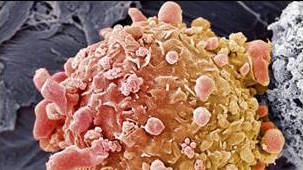
18/04/16: Combination immunotherapy treatment successful in patients after preclinical mice studies
A trial involving a combination immunotherapy treatment (ipilimumab and nivolumab) to treat advanced melanoma in 142 patients has shown promising results as a fifth of patients have have no sign of tumours after two years. Both drugs have become standard therapies in melanoma treatment, but most researchers believe combination therapy will be essential. The trial showed the survival rate after two years for ipilimumab alone was 53% and no patient's tumours had completely disappeared whereas the equivalent figures for combination therapy were 69% and 22%.
The success of ipilimumab and nivolumab in combination was originally seen in preclinical animal studies using mice.
http://www.ncbi.nlm.nih.gov/pmc/articles/PMC4005613/
http://www.bbc.co.uk/news/health-36043882
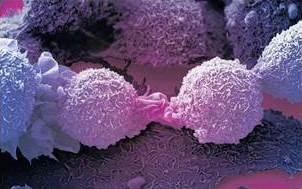
15/04/16 Sleeping immune cells in tumours can be 'woken up' to fight cancer
Scientists at Cancer Research UK and University College London have proven it is possible to use genetic editing to snip away the ‘off switch’ so that the immune system recognises cancer again.Researchers say it is like ‘cutting the brakes’ and allowing immune cells to do the rest. The treatment would work by taking a biopsy of a tumour and then identify immune cells that are already inside. Those cells are likely to me most effective as the fact that they are in the tumour suggests they were trying to attack it before they got switched off. Scientists then use a genetic editing technique called TALEN to remove the ‘off switch’. The edited immune cells are then multiplied in a lab and replaced back in the body.
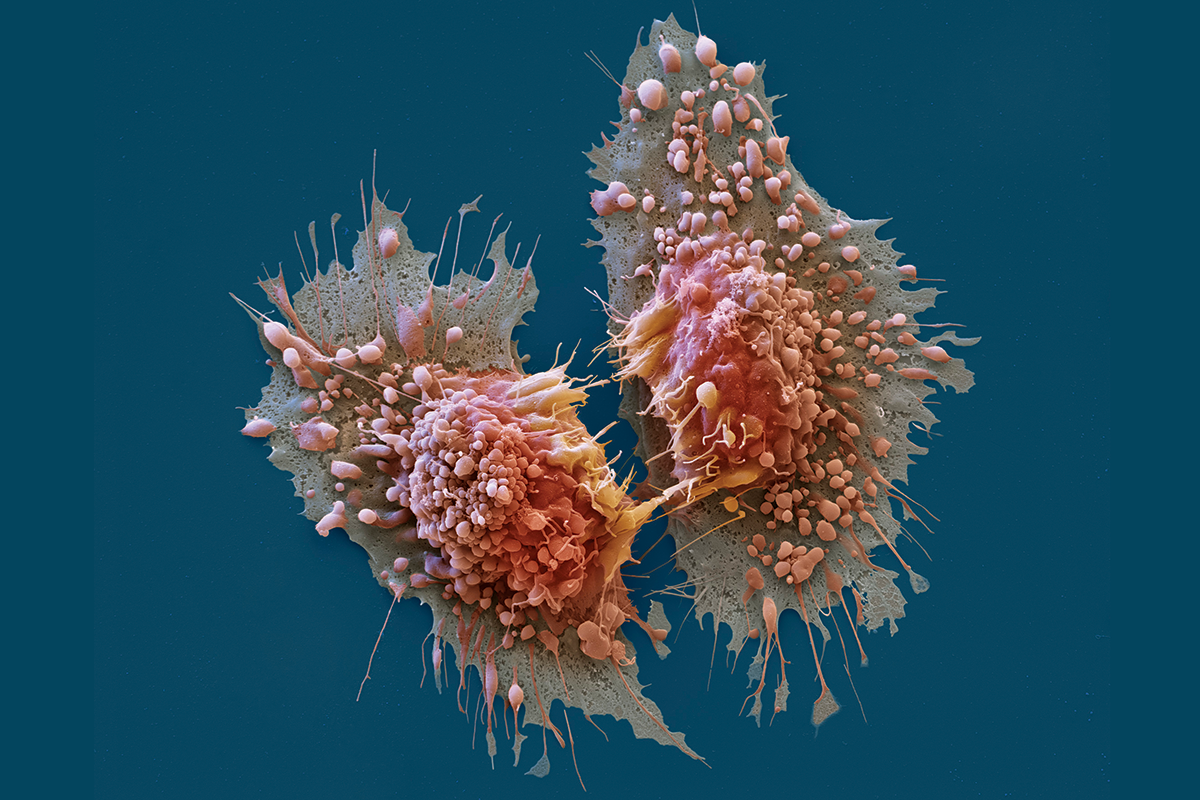
16/03/16 Cancer reversed in frogs by hacking cells’ electricity with light
Optogenetics, a technique that involves injecting a gene for a light-sensitive protein in cells, has been used to shift the electrical charge of cancer cells in frogs, making them healthy again. Lasers were focuses on these newly sensitive cells thus altering their behaviour and causing tumours to stop developing in a third of the tadpoles. Whilst the research is not yet at a stage to involve human trials, this is the first use of a technique called optogenetics to target cancer, opening up the possibility of treatments that don’t use toxic drugs. Breast and skin cancers might be targeted first, as they are easy to shine a laser on. It is hoped that this approach will eventually offer an alternative to standard cancer drugs.
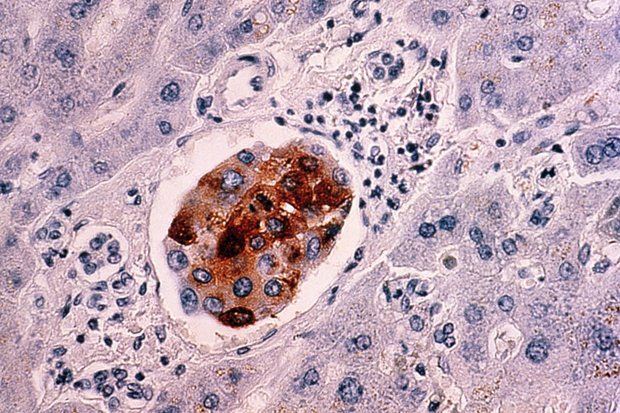
15/03/16 Study in GM mice uses nanoparticle "factories" which slowly releases chemo drugs
Promising studies in genetically modified mice have shown that nanoparticle "factories" which slowly release chemo drugs could effectively deliver cancer drugs. Half of the mice with breast cancer were found to be clear of the disease 8-months later - this translates to 24 human years. The research was done at Houston Methodist Research Institute in Texas
http://www.thetimes.co.uk/tto/health/news/article4712988.ece

17/02/16 Human tumours implanted into mice to create patient-derived xenografts
The US National Cancer Institute is turning it's research to ‘patient-derived xenografts’ (PDXs) - small chunks of human tumours implanted into mice. The tumours grow in an environment that mimics growth in humans and can be harvested thus allowing various forms of cancer to be studied in multiple animals. It is hoped that PDXs can be used to create personalised medicine and allow doctors to screen for the most-effective treatment regimen. Whilst it is thought that PDXs better capture the genetic complexity of human cancer than cells lines or genetically modified mice, most PDXs are generated in immunosuppressed mice to prevent cell rejection. Therefore genetically engineer mice with aspects of the human immune system are being researched.
http://www.nature.com/news/us-cancer-institute-to-overhaul-tumour-cell-lines-1.19364
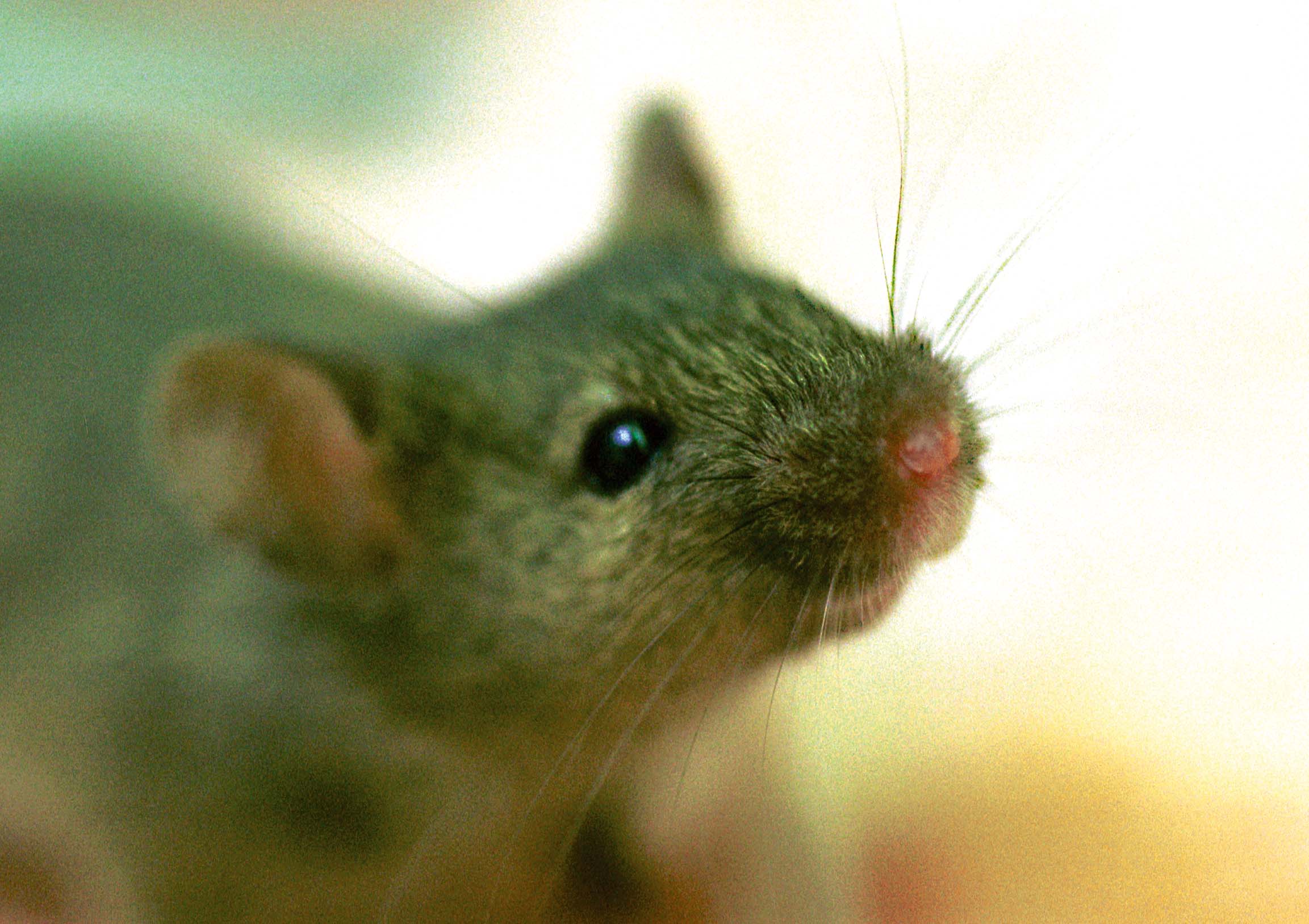
13/01/16 Acute myeloid leukaemia genes identified
Research funded by Cancer Research UK and Bloodwise has identified a pair of genes (KDM4C and PRMT1) that could play a major role in the development of acute myeloid leukaemia (AML). KDM4C and PRMT1 knock out mice with a form of leukaemia displayed significant survival rates after a 60-day period compared to the group of mice who did not review treatment - the majority of mice died in under 40 days. AML affects 2,800 patients in the UK each year and treatment involves aggressive chemotherapy with only one in five patients surviving for five years or more, therefore this research could provide a much needed new avenue for treatment.
http://www.cell.com/cancer-cell/abstract/S1535-6108%2815%2900471-7
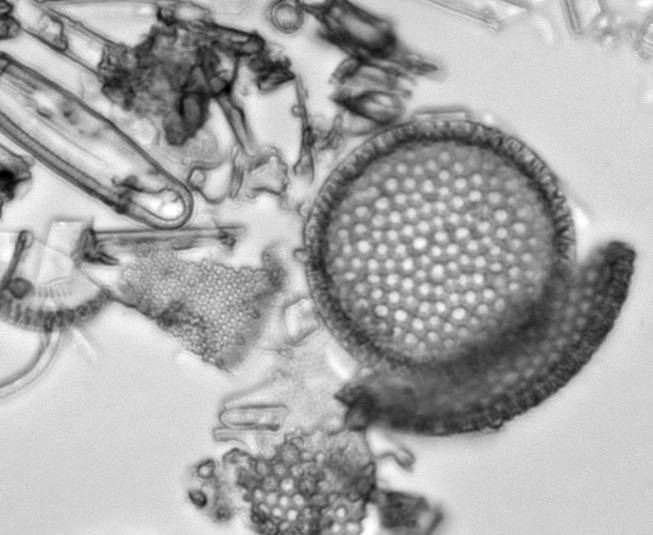
17/11/15 Genetically engineered algae selectively kills cancer cells
A team of Australian and German scientists have created a cancer treatment using genetically modified algae that selectively kills cancerous cells. The ability to selectively kill cancer cells, leaving healthy cells unharmed is the ultimate goal for anti-cancer therapeutics as existing treatments such as chemotherapy kill cancer cells as well as healthy cells thus causing unpleasant side effects for patients. Previous selective technique include silca-based nanoparticles, however the production process is expensive and involves the use of toxic chemicals whilst natural silica based algae nanoparticles provides a lower-cost alternative.
http://www.nature.com/ncomms/2015/151110/ncomms9791/full/ncomms9791.html
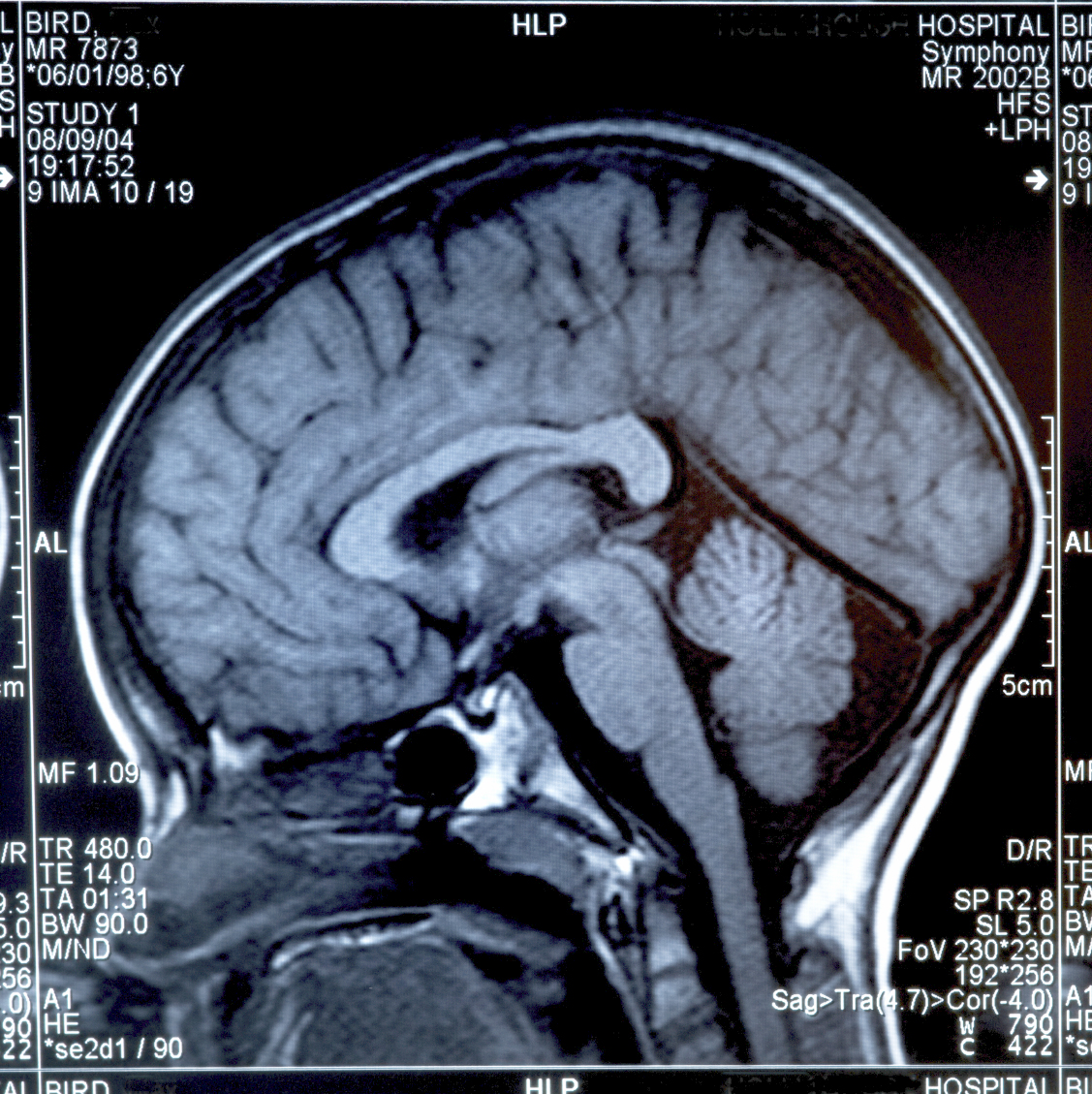
11/11/15 gas-filled bubbles get chemotherapy drug across blood brain barrier
Canadian scientists have managed to use tiny gas-filled bubbles to get chemotherapy drugs past the brain's protective layer. The technique is being used in six humans who will undergo a trial at Sunnybrook Health Sciences Centre. It is hoped such techniques could be used to treat other diseases like Alzheimer's and Parkinson's. The work comes after a decade of research in many different animal models.
http://www.bbc.co.uk/news/health-34775604
http://www.dotmed.com/news/story/27828
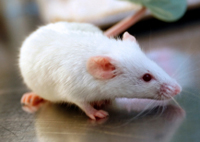
04/11/15 New computational strategy finds brain tumour-shrinking molecule
Patients with glioblastoma, a type of malignant brain tumor, usually survive fewer than 15 months following diagnosis. Since there are no effective treatments for the deadly disease, University of California, San Diego researchers developed a new computational strategy to search for molecules that could be developed into glioblastoma drugs. In mouse models of human glioblastoma, one molecule they found shrank the average tumor size by half. The study is published October 30 by Oncotarget.

02/11/15 Tumour paint from scorpion venom helps fight cancer
While most of us would run away from scorpions, Jim Olson (an Oncologist in Seattle) is using them to help fight cancer. Olson created a "tumour paint" which can attach itself to cancer cells and light them up. The paint is developed from a compound, chlorotoxin, found in scorpion venom. And it wasn't just insects that helped with this discovery - mice too!
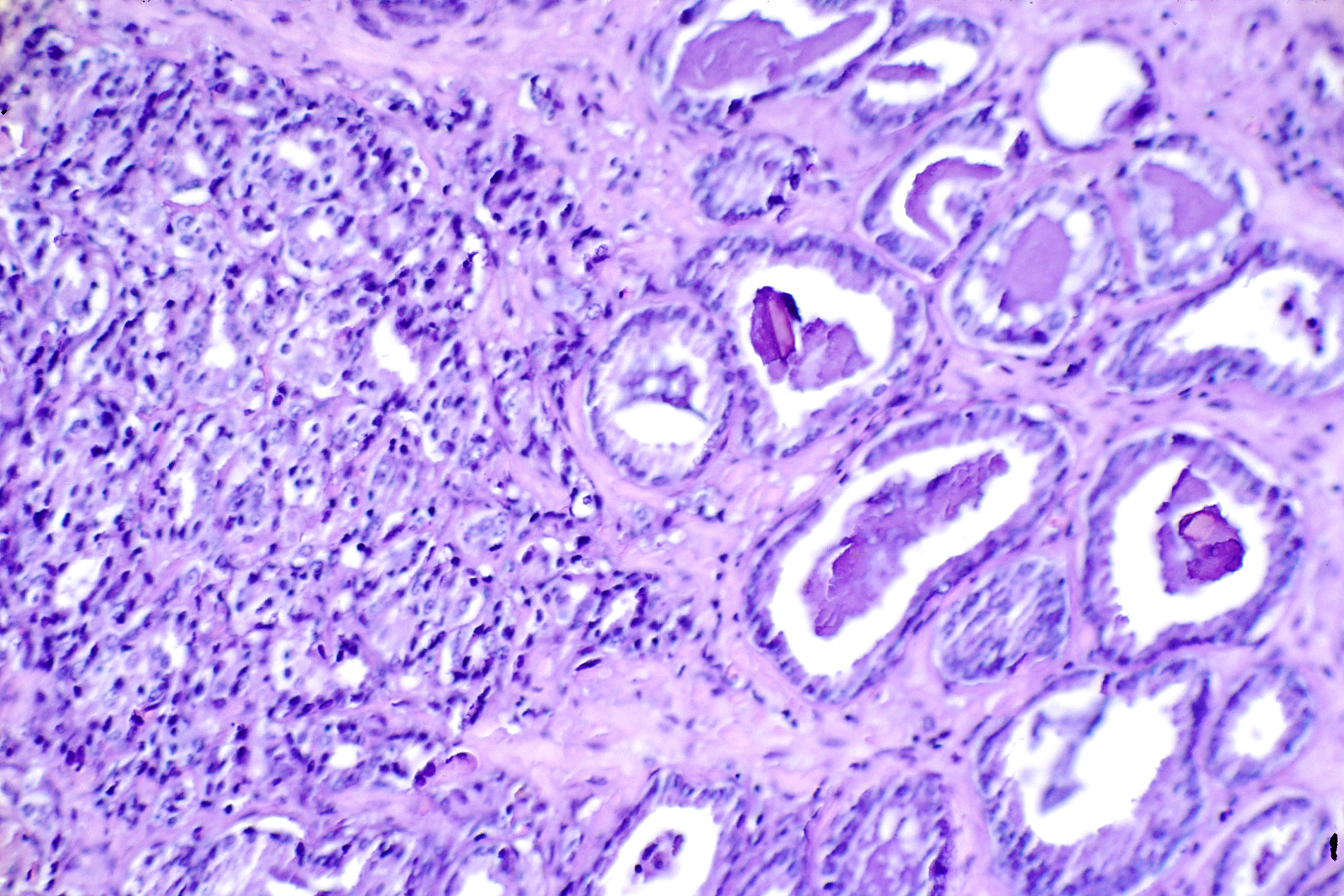
29/10/15 ‘Milestone’ prostate cancer drug
The first drug that targets precise genetic mutations in prostate cancer has been shown to be effective in mice and humans. Prostate cancer is the fifth most deadly type of cancer in men. The drug, olaparib, had low overall success, but slowed tumour growth in 88% of patients with specific DNA mutations. It targets mutations that change the way DNA is repaired. The future of cancer medicine is treating cancers by their mutated DNA rather than what part of the body they are in. The advantage of targeted drugs is they can be given only to those patients who will respond which both saves money and spares patients unnecessary side effects.
http://www.bbc.co.uk/news/health-34649024
Animal research: http://www.ncbi.nlm.nih.gov/pubmed/24817481
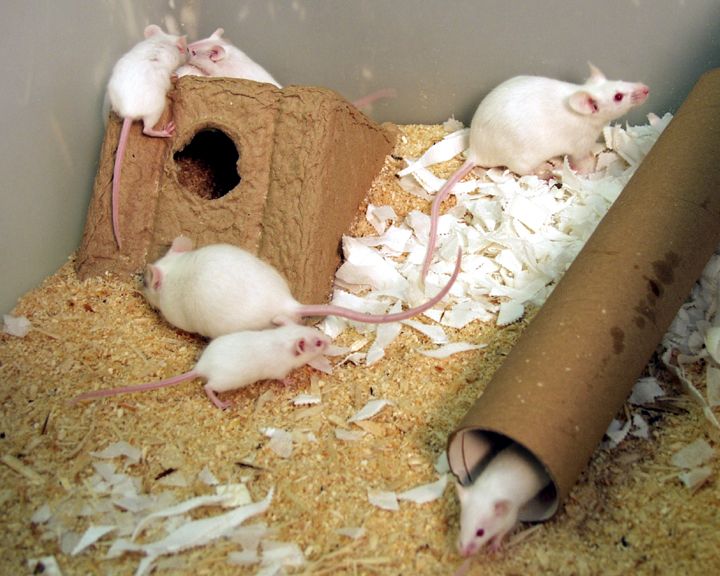
29/10/15 FDA approved drug turns herpes virus against cancer
The FDA has approved a first-of-a-kind drug that uses the herpes virus to infiltrate deadly cancer tumours and shrink them. The drug, imlygic, is injected directly into tumour tissues where it bursts melanoma cells open and triggers immune responses to kill melanoma cells in the tumour and elsewhere in the body. However, it had not been shown to extend life - about 16% of patients injected with the drug saw their tumours shrink, compared with 2% of patients who took more conventional cancer drugs.
Animal research: http://www.ncbi.nlm.nih.gov/pmc/articles/PMC3991094/
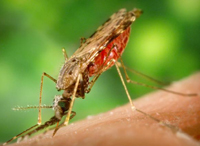
13/10/15 Malaria clue to beating cancer
Researchers at the University of Copenhagen have identified a specific protein in a malarial parasite that has the ability to latch onto cells found in 90% of tumour types. The protein was isolated and combined with the diphtheria toxin, whereupon it was used to treat genetically engineered mice that had three types of human tumour; prostate cancer, non-Hodgkin’s lymphoma and a breast cancer that had spread into their bones, subsequently causing the tumours to dramatically shrink. This promising research could pave the way to a broad spectrum cancer therapy, with clinical trials staring within five years.
http://www.thetimes.co.uk/tto/science/article4584235.ece
http://www.cell.com/cancer-cell/abstract/S1535-6108(15)00334-7
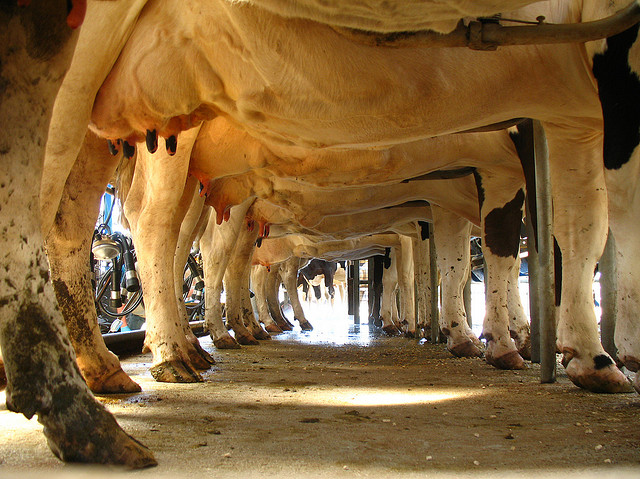
24/09/15 Cow virus now a risk factor for breast cancer.
So far, viruses have been implicated in six different human cancers and now a recent study link between the commonest cancer causing virus of cattle – bovine leukaemia virus - and breast cancer. The virus predominantly targets blood cells, but it can also infect mammary cells and be detected in cow’s milk. Although pasteurization renders the virus harmless, scientists were worried that exposure to food products could lead to human infection, but it wasn’t until last year that we know they can actually be transmitted to humans. If future, more in-depth studies bolster these findings and manage to establish a causal role for this virus, then it could have significant implications for breast cancer research and control, which presently focuses on treatment rather than prevention.
http://www.iflscience.com/health-and-medicine/cow-virus-now-risk-factor-breast-cancer

23/09/15 New drug therapy shrinks pancreatic tumours in mice
Researchers at the Stanford University School of Medicine have effectively shrunk pancreatic tumors in laboratory mice using a combination of the two drugs, JQ1 and vorinostat. Whilst JQ1 was able to shrink pancreatic tumors in mice when tested independently it did not affect likelihood of survival, however when tested in combination with vorinostat, an FDA approved drugs used to treat cutaneous T cell lymphoma, mice displayed a significant reduction in tumor size, increase in survival time and no noticeable side effects. Because vorinostat is already FDA approved the researchers hope that trials in humans with pancreatic cancer can begin soon and that the drug combination will be successful at treating one of the most deadly of all human cancers.
http://www.eurekalert.org/pub_releases/2015-09/sumc-cd091715.php

21/09/15 Implantable Device Attracts and captures cancer cells in mice.
Researchers at the University of Michigan have created an implantable cancer detector which attracts cancer cells to it by mimicking a patient’s immune natural response to the disease. The device was implanted just beneath the skin of mice and allowed the researchers to detect cancers in other parts of the body
http://www.alnmag.com/news/2015/09/implantable-device-attracts-captures-cancer-cells-mice
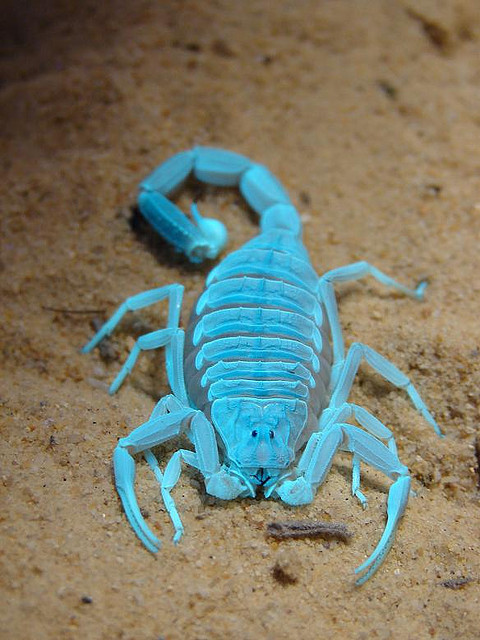
10/09/15 World’s deadliest scorpion helps identify cancerous tissue.
The differences between cancerous and normal cells are often so minimal that they are extremely hard to tell apart during surgery. There are several imaging technologies that help surgeons see inside the body before they cut, many of which were developed to help diagnose cancer, but they are still not precise enough, especially when it comes to brain tumours. One new technique promises to make a major difference in this field of operation: tumour paint. Researchers found that a neurotoxin – chlorotoxin – extracted from the venom of one of the deadliest scorpions in the world, the deathstalker, accumulates in tumours, and only tumours, in the brains of mice. It also showed a remarkable ability to pass into the brain, unobstructed by the blood-brain barrier. By using a synthetic version of the chlorotoxin and attaching a fluorescent molecule, they produced a substance that could light up tumour cells. During preclinical trials with mice and dogs that took place between 2005 and 2011, tumour paint proved to be more than 5,000 times more sensitive than MRI and is currently undergoing clinical trials.
http://www.theguardian.com/science/2015/sep/10/how-to-light-up-a-tumour

10/09/15 Cats get breast cancer too, and could lead to treatments in people.
Understanding aggressive tumours in pets could lead to better treatments for the nastiest forms of the disease in people. However, beyond surgery options, the study of mammary cancer in cats suffers from a dearth of coordinated clinical research. But a coalition of vets and doctors will soon be gathering in Washington, D.C., to help build the case that better understanding of canine and feline tumours could be a huge benefit to dealing with the disease not just in pets, but maybe also in people. For a lot of human cancer studies today, researchers induce tumours in animals such as mice to develop new drugs and to figure out the environmental and genetic underpinnings. But expert think that looking to feline or canine cancer might offer a unique advantage to basic research. The aggressive nature of mammary cancer in cats is one of the reasons they believe finding out more about the feline version could be a boon to humans.

09/09/15 Implant ‘traps’ spreading cancer cells.
Today 9 in 10 cancer deaths are caused by the disease spreading – or metastasis - to other areas of the body. However, a new small sponge-like implant can mop up cancer cells as they move through the body, according to a study in mice. The device could act as an early warning system in patients, alerting doctors to cancer spread. The implant also seems to stop rogue cancer cells reaching other areas where new tumours could grow.
http://www.bbc.co.uk/news/health-34191325
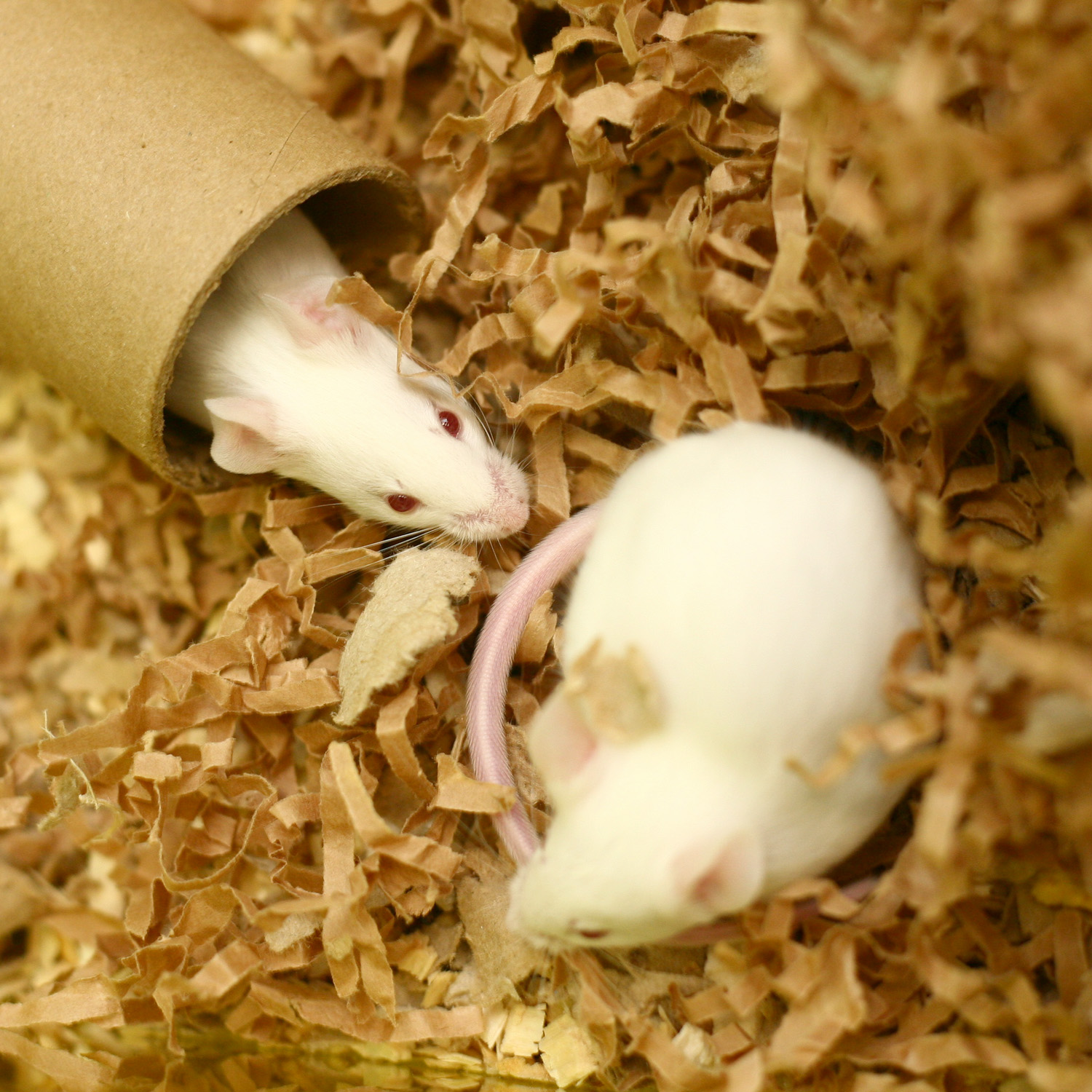
04/09/15 Aspirin might boost cancer therapy
Study in mice shows aspirin may be able to boost the effectiveness of cancer medicines that bolster the immune system. Immunotherapy – one of the most promising fields in cancer research - lets the body’s own defences fight cancer. Aspirin may prevent tumours from hiding from the immune system, boosting the effect of the treatment.
http://www.bbc.co.uk/news/health-34140993
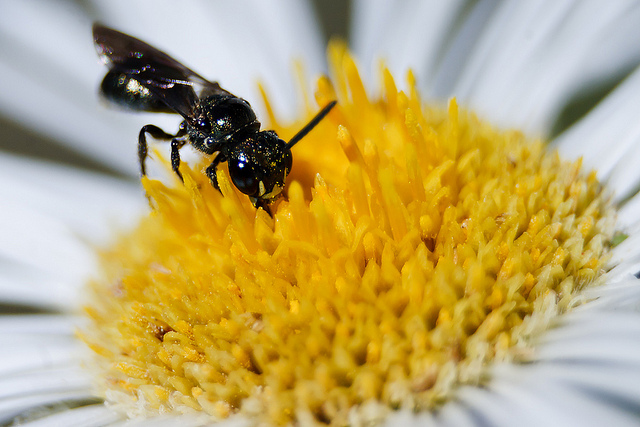
02/09/15 wasp venom could help treat cancer
The toxin in the sting of a Brazilian wasp, polybia paulista, appears to kill cancer cells without harming normal cells according to studies in mice. The MP1 toxin is used by the wasp to paralyze its prey, but studies say it could be used to target and destroy cancer cells by targeting the fat molecules found on the outside of cancerous cells.
http://www.bbc.co.uk/news/health-34115112
Original Paper: http://www.cell.com/biop…/abstract/S0006-3495%2815%2900768-7

18/07/15 ‘softener’ may help kill cancers
‘softener’ may help kill cancers shows in vitro and animal studies. Researchers suggest that it may be possible to ‘soften-up’ cancers before hitting them with chemotherapy drugs. Working the resistance of some cancers to the drugs already in use. The cancers become more vulnerable to chemotherapy.
http://www.bbc.com/news/health-33509814

10/07/15 Hormone slows down breast cancer growth in mice
Hormone slows down breast cancer growth in mice. The female hormone progesterone combined with an existing drug halved the size of breast tumours. This could lead to a new, low-cost treatment for the millions of cancer patients around the world who are currently facing the lowest survival rates.
http://www.sciencealert.com/hormone-slows-down-breast-cancer-growth-in-new-study

16/06/15 Compound in cinnamon protects mice against colorectal cancer
Researchers at the University of Arizona College of Pharmacy and UA Cancer Center have found that cinnamaldehyde (a compound found in cinnamon) can protect mice against colorectal cancer. Given cinnamon’s important status as the third most consumed spice in the world, there’s relatively little research on its potential health benefits. If we can ascertain the positive effects of cinnamon, we would like to leverage this opportunity to potentially improve the health of people around the globe.
http://www.alnmag.com/…/component-cinnamon-prevents-colorec…
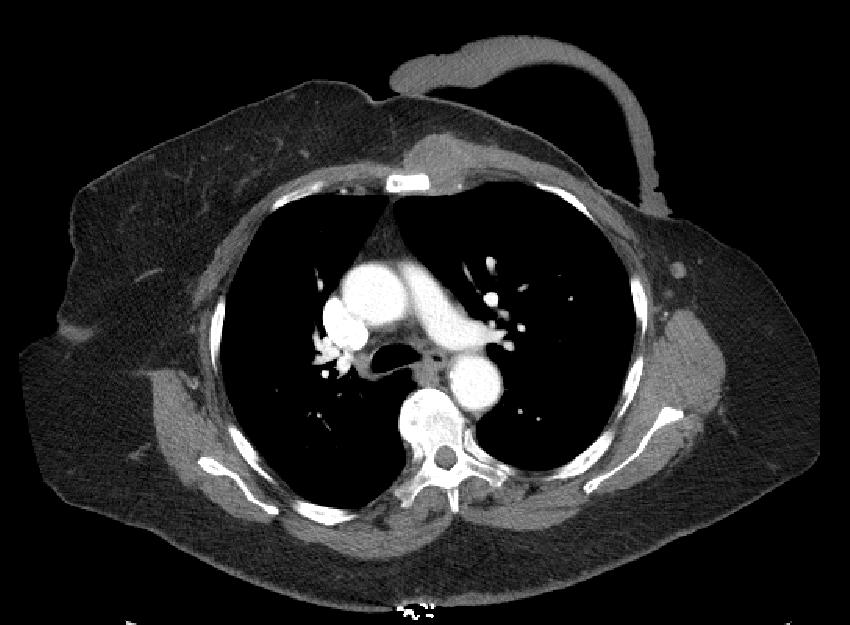
09/06/15 Discovery of the "trigger" signal for brain cancer
Blocking "trigger" signals that enable breast cancer cells to spread to the lungs reduced the number of secondary tumours by up to two thirds in mice. The majority of human deaths due to breast cancer are caused by tumours spreading to other parts of the body. Scientists at the University of Edinburgh discovered that one type of immune system cell called macrophages can actually help breast cancer cells to spread around the body. By blocking the signals that allow macrophages and cancer cells to communicate, they were able to reduce the cancer spread.
http://www.theguardian.com/…/breast-cancer-spread-trigger-d…
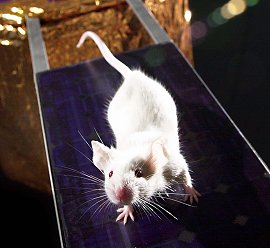
01/06/15 tiny radioactive beads could hinder tumour growth
Firing tiny radioactive beads can dramatically hinder a tumour's growth, according to a new study in 530 patients with liver tumours. The study found that the treatment halted the growth of liver tumours for almost eight months longer than chemotherapy alone. The findings were presented at the annual meeting of the American Society of Clinical Oncology (ASCO) in Chicago by Associate Professor Peter Gibbs of The Royal Melbourne Hospital in Australia.
Preclinical work on this technique, known as "selective internal radiation therapy (SIRT)" has been conducted in rats and mice.
http://www.independent.co.uk/…/cancer-research-shows-tiny-r…
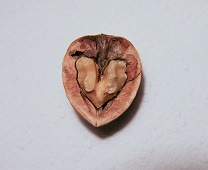
14/05/15 Walnuts can slow the growth of bowel cancer
Walnuts can slow the growth of bowel cancer by reducing blood supply to tumours shows study in mice. Mice fed walnuts had 10 times more omega-3 in their bowel tumours which reduces inflammation and cuts blood supply. This slows the growth of tumours, the amount of omega-3 was correlated with smaller tumours. Walnuts change the expression of micro-nucleic acids, which affect how genes adapt to environment that can slow down growth of cancer. Research has shown that 30-50 % of bowel cancer in men, and 20 per cent in women can be prevented by changing to a healthier diet and lifestyle.
http://www.dailymail.co.uk/health/article-3079949/A-daily-handful-WALNUTS-slow-growth-bowel-cancer-reducing-blood-supply-tumours.html
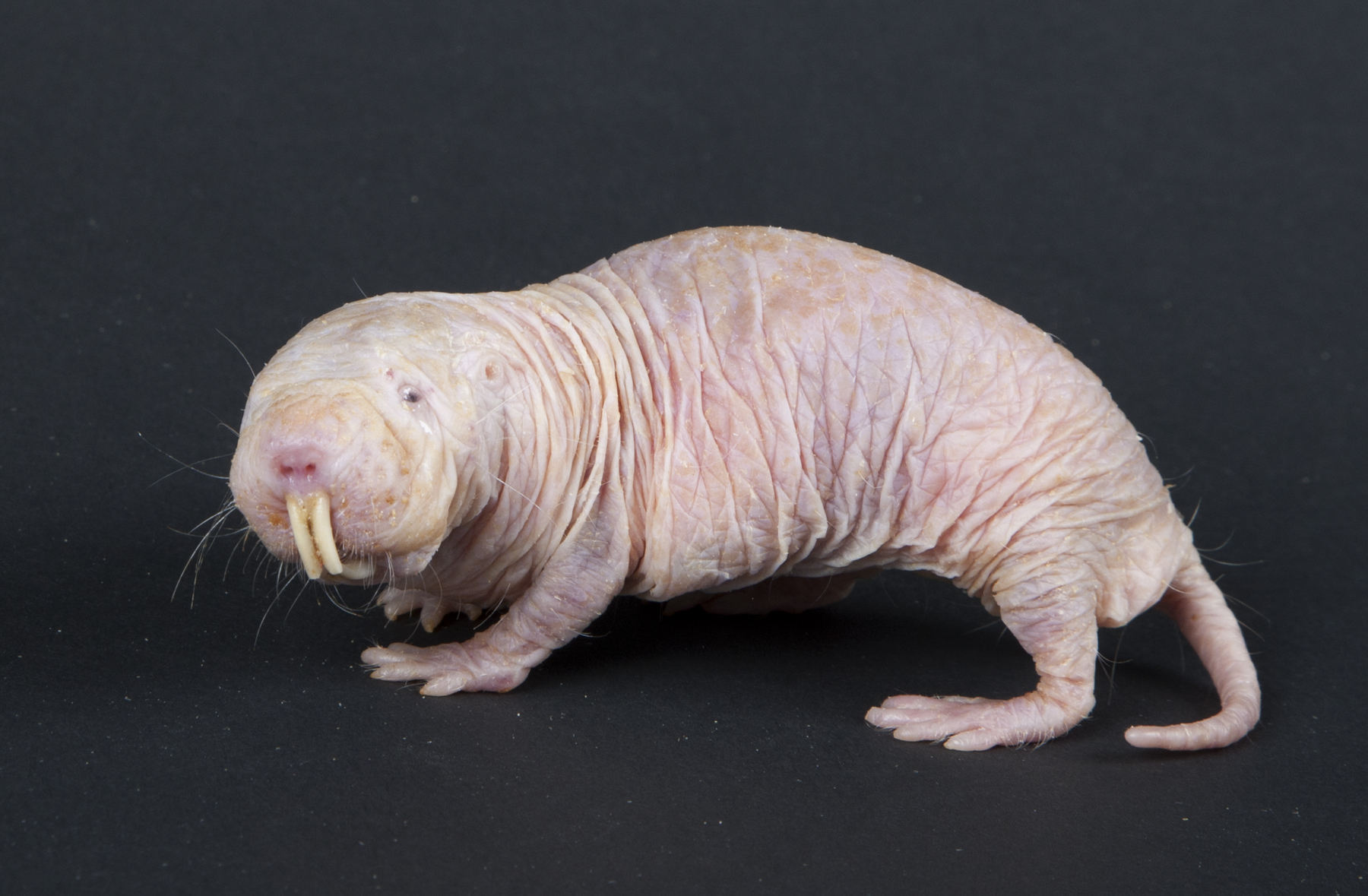
07/05/15 The gene which gives naked mole-rats’ their natural resistance to cancer is unique
Researchers have found that the gene which gives naked mole-rats’ their natural resistance to cancer is unique among mammals. Naked mole rats are unusual in many ways with extreme longevity and lack of normal signs of ageing. Part of the reason they live long is that they have a natural resistance to cancer. Their resistance to cancer has been linked to the production of a specific substance and a mutation in the gene that produces it. Researchers have sequenced the gene and compared it to other that of other mammals and found that it is unique.
http://www.sciencedaily.com/releases/2015/05/150506084638.htm
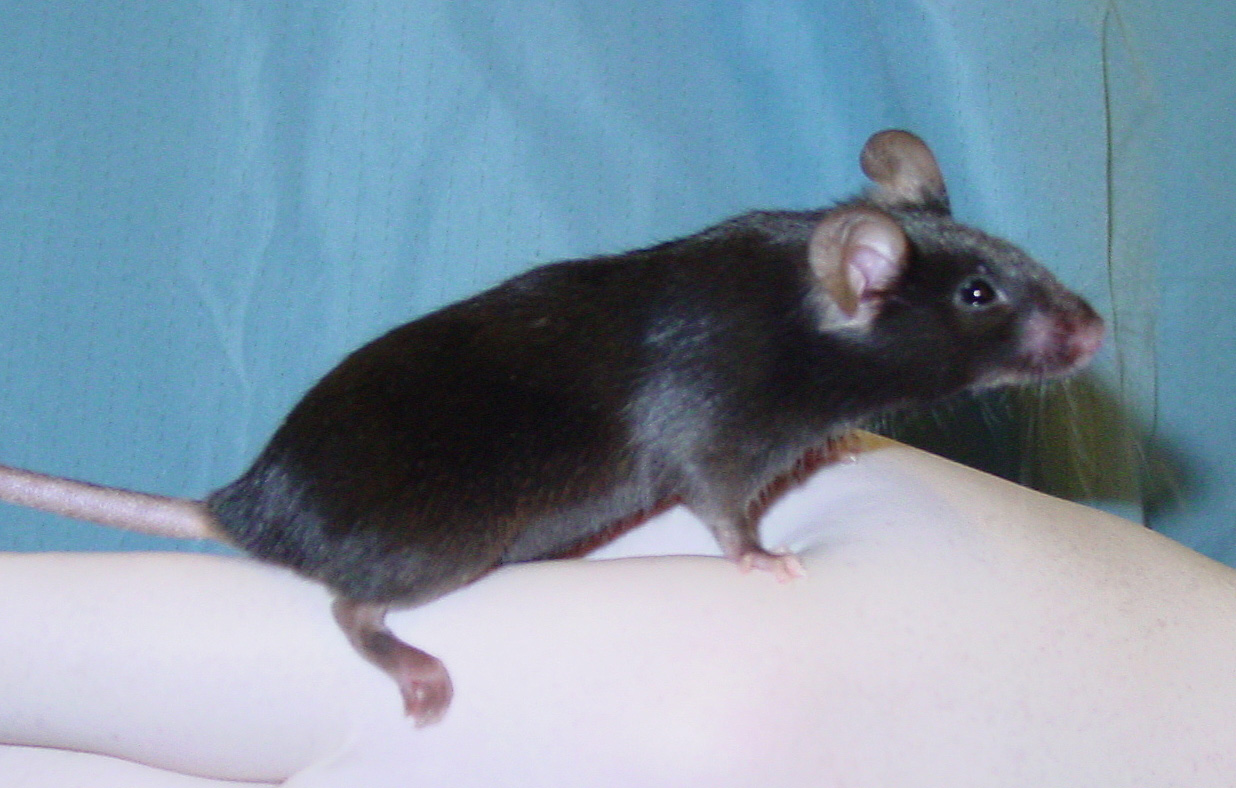
29/04/15 'Humanised' mice developed to improve immunotherapy testing
By humanising the immune system of mice, researchers are in a better position to study the growth of tumours, allowing them to better assess which treatments might work. These XactMice are infused with human blood stem cells to grow the humanised immune system.
http://au.ibtimes.com/humanised-mice-developed-improve-immunotherapy-testing-1443799
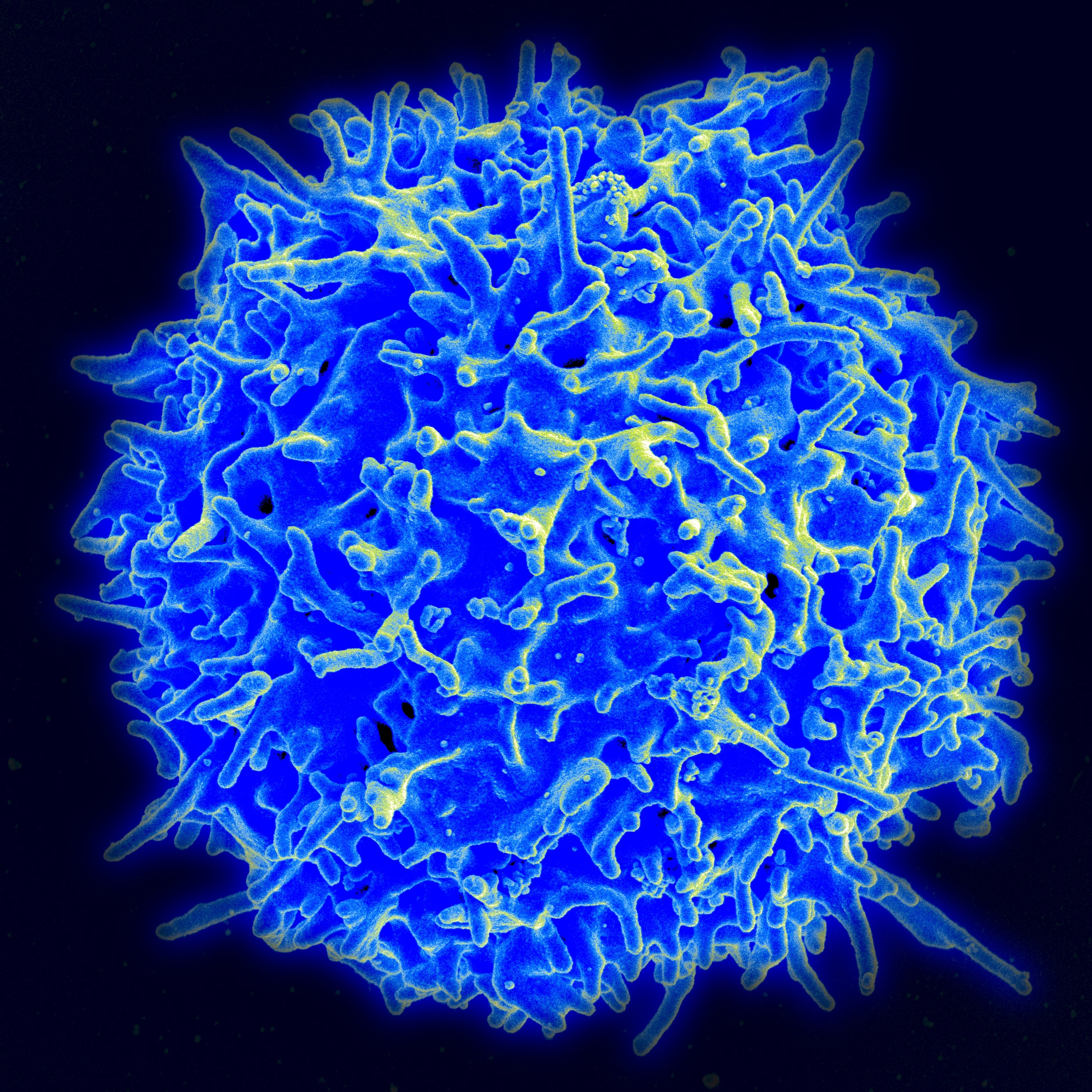
20/04/15 'turbo-charges' the immune system to fight off viruses and even cancer
Scientists at Imperial College London have identified a previously unknown protein that 'turbo-charges' the immune system to fight off viruses and even cancer. The protein was discovered while the team were screening mice with various genetic mutations. One particular mutant produced ten times the number of cancer-fighting immune cells.
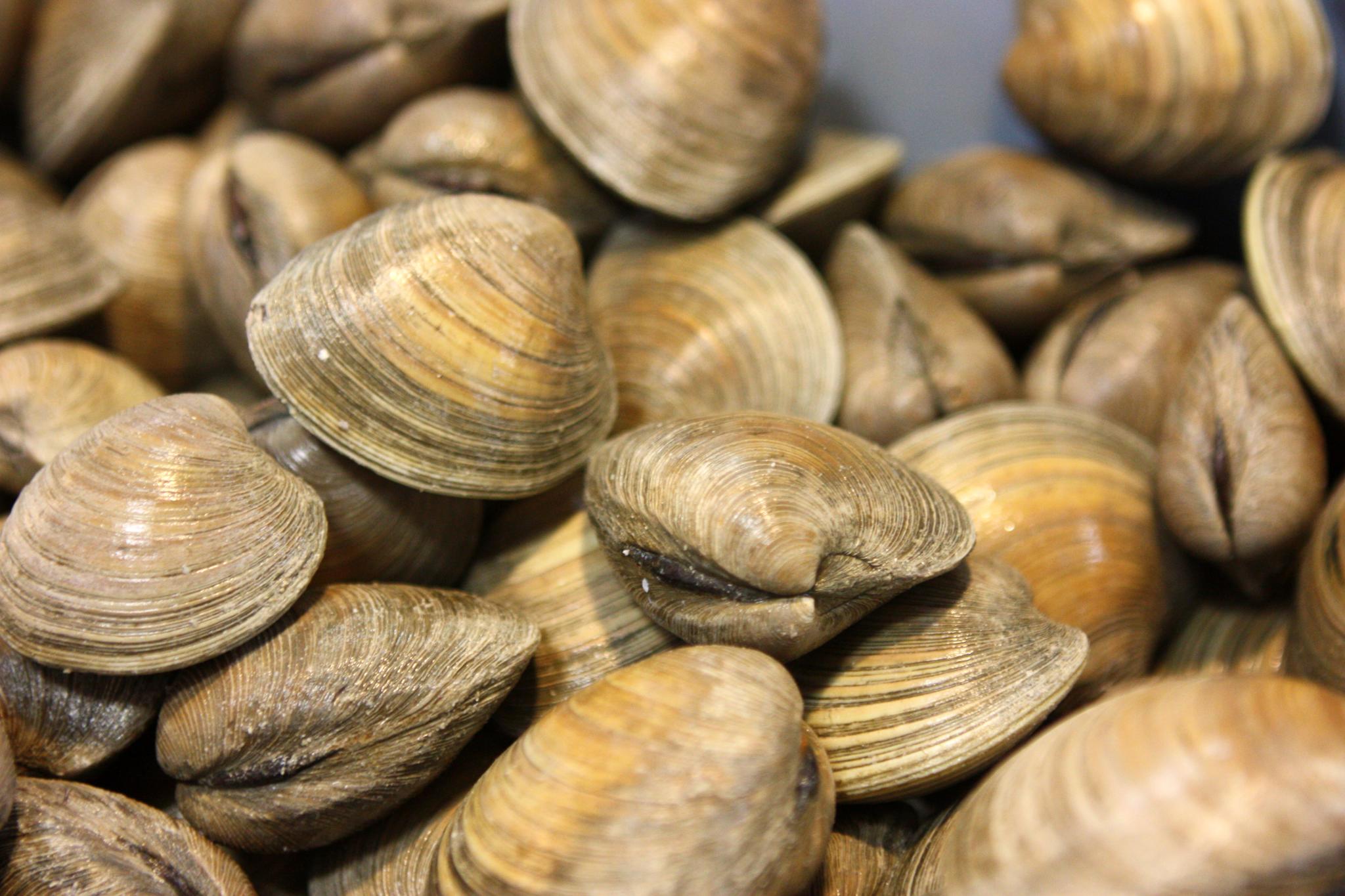
10/04/15 Selfish shellfish cells cause contagious clam cancer.
Selfish shellfish cells cause contagious clam cancer. This clam leukaemia – where their blood, typically clear, fills with cells that make it milky – is transmissible. For a long time, scientists believed a virus was involved. However, a team recently discovered that the thing that transmits the cancer isn’t a virus but the cancer itself. The clam leukaemia is a contagious cancer—an immortal line of selfish shellfish cells that originated in a single individual and somehow gained the ability to survive and multiply in fresh hosts. The disease is associated with a jumping gene, which is more than 15 time more present in infected clams. There are only 2 other forms of this type of transmissible cancer.
http://phenomena.nationalgeographic.com/2015/04/09/selfish-shellfish-cells-cause-contagious-clam-cancer
09/04/15 A new drug to treat drug-resistant breast cancer cells in mice
A new drug to treat drug-resistant breast cancer cells in mice. The researchers were trying to find possible drugs effective on cancers already resistant to traditional therapies. Instead a thinking of a certain protein that would target a cell and kill it, they did the reverse – they identified a compound that worked well in the cells first and then determined how that overpowered drug-resistant cells. The compounds they found called BHPI blocked the growth of cancer cells and prompted tumour regressions by 50% in just 10 days. The drug still needs to go through toxicity tests before clinaical tests can start.

09/03/15 a dog can ‘sniff out’ thyroid cancer with an 88% success rate
Frankie the dog can ‘sniff out’ thyroid cancer with an 88% success rate. Dogs have an unbelievable sense of smell – they have 10 times the number of smell receptors in people - and can detect the own unique ‘volatile organic compounds’ released by a tumour. Promising results using dogs have also been seen with bowel and lung cancer. Cancer research UK claims that using dogs would be impractical, but discovering the chemicals the dogs can smell could lead to new tests.
http://www.bbc.co.uk/news/health-31785245
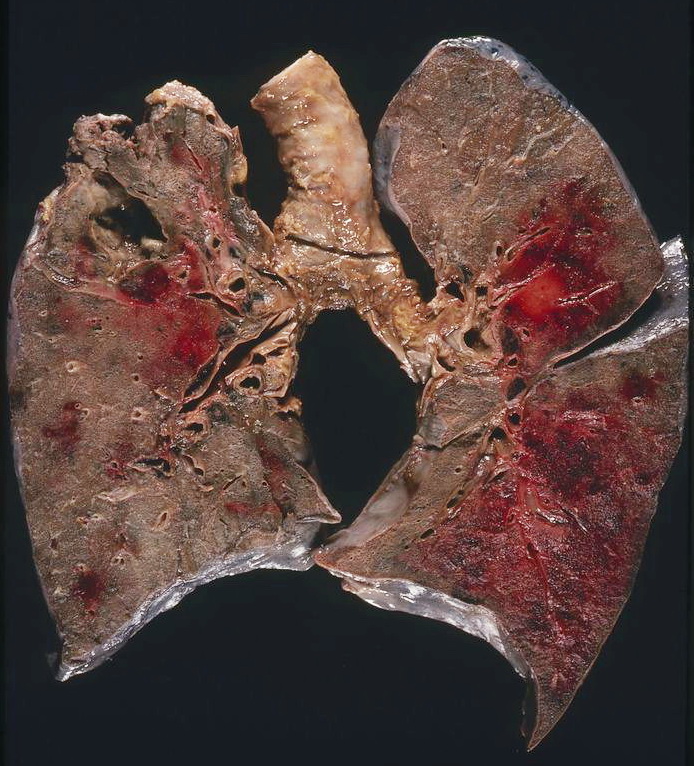
06/03/15 New Lung cancer stem cell therapy developed in mice to be trialled in humans in the UK
New Lung cancer stem cell therapy developed in mice to be trialled in humans in the UK. The treatment uses stem cells taken from bone marrow that have been genetically modified to find and destroy cancer cells. Modifying donor bone marrow stem cells would activate an anti-cancer gene called Trail that normally works in immune cells. The modified cells are strongly attracted to tumours and when they bind to them they trigger a ‘suicide pathway’ in cancer cells. With more than 40.000 people diagnosed each year in the UK and only a 5% survival rate past 10 years, this could come as a huge relief. The treatment has been shown to completely eliminate or significantly reduce tumours in mice. In humans, other studies modifying immune cells have shown promising results fighting leukaemia.
http://www.theguardian.com/society/2015/mar/06/lung-cancer-stem-cell-therapy-trial-uk
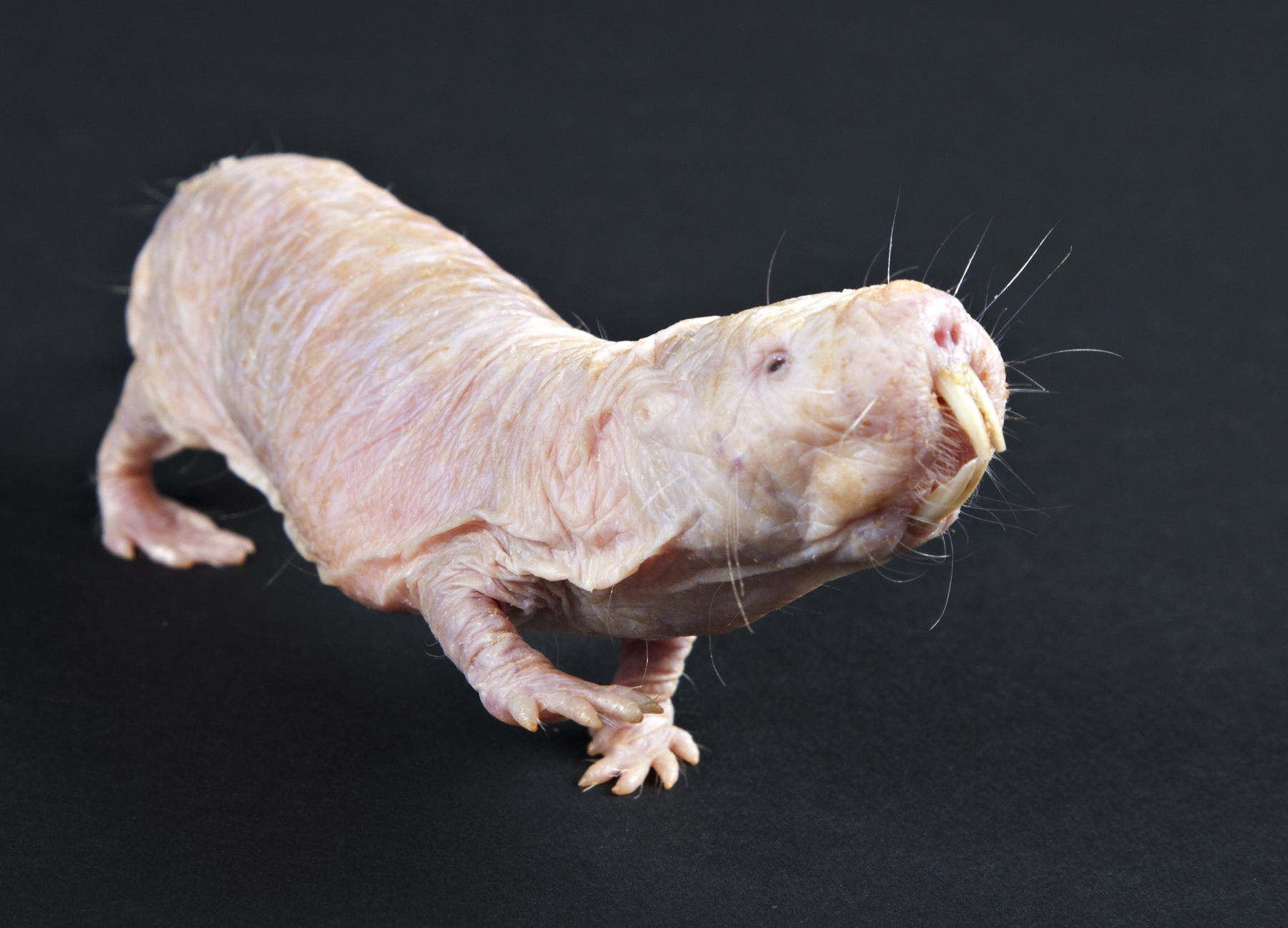
09/02/15 Naked mole rats produce hybrid proteins that prevent tumour growth
Naked mole rats produce hybrid proteins that prevent tumour growth – new key to defeating cancer. Naked mole rats have never been seen to develop cancer despite living up to 32yrs. Scientists have identified a new protein formed by the fusion of two other proteins, which protects the rodent from cancer. The protein appears to increase when cells become crowded together, making mole rats more likely to arrest the growth of cells if they are at risk of becoming malignant. Although humans lack the hybrid protein, it is produced from a cluster of genes also found in humans that makes proteins responsible for preventing damaged cells that might cause cancer from multiplying. Tests show that the protein can prevent human cells from turning cancerous.
http://www.alnmag.com/news/2015/02/extra-protein-gives-naked-mole-rats-more-power-stop-cancer
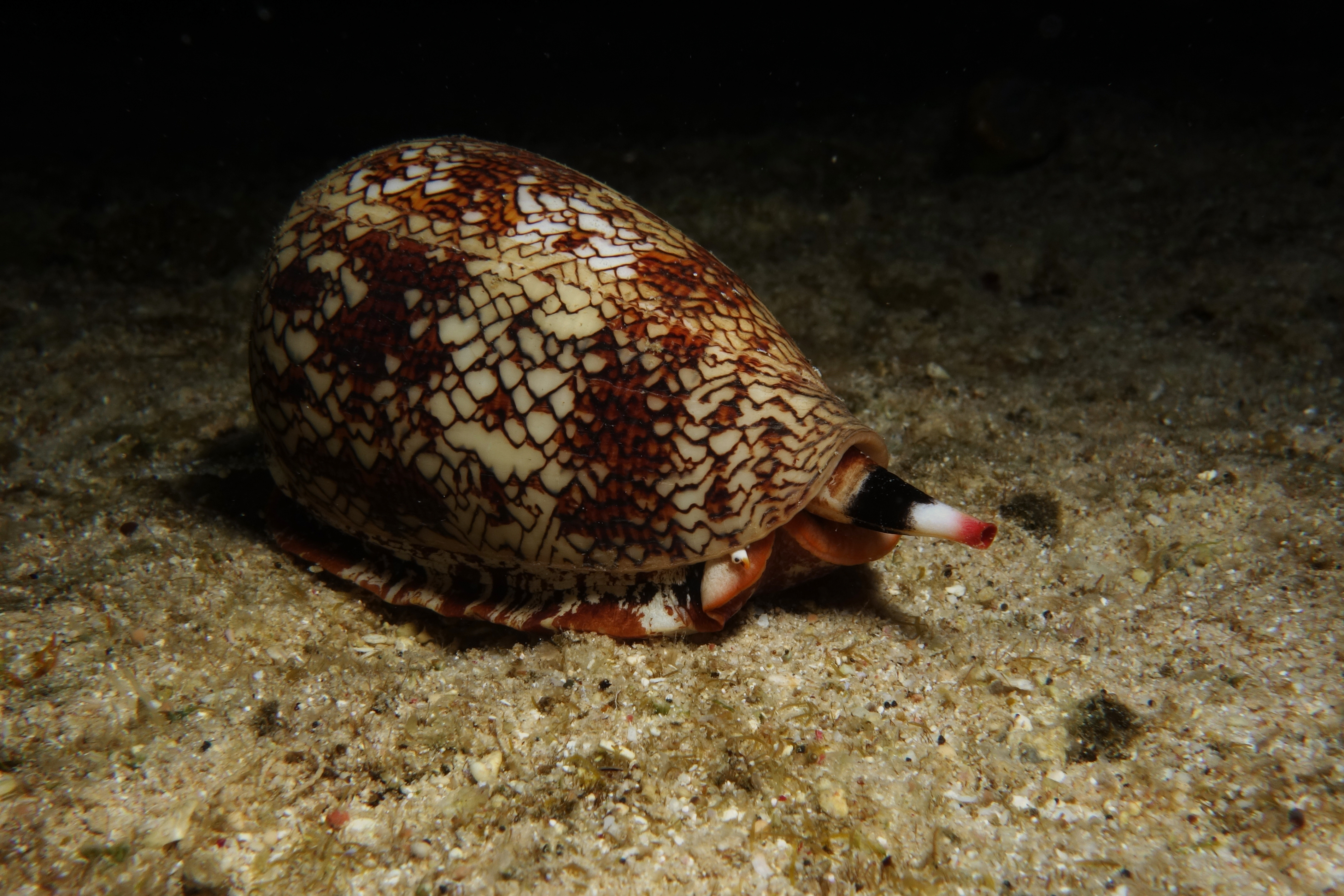
10/01/15 Cone snail venom could help detect and treat some cancers and addiction
Venom from cone snails contains hundreds of different toxins that target specific receptors. It is usually used to immobilize prey could help detect and treat some cancer and addictions thanks to their potency and selectivity. Another set of scientists from the same university found that a type of round worm capable of fusing nerves together could help heal severed nerves.
http://www.smh.com.au/queensland/worms-snails-lift-hopes-for-medical-miracles-20150108-12khae.html
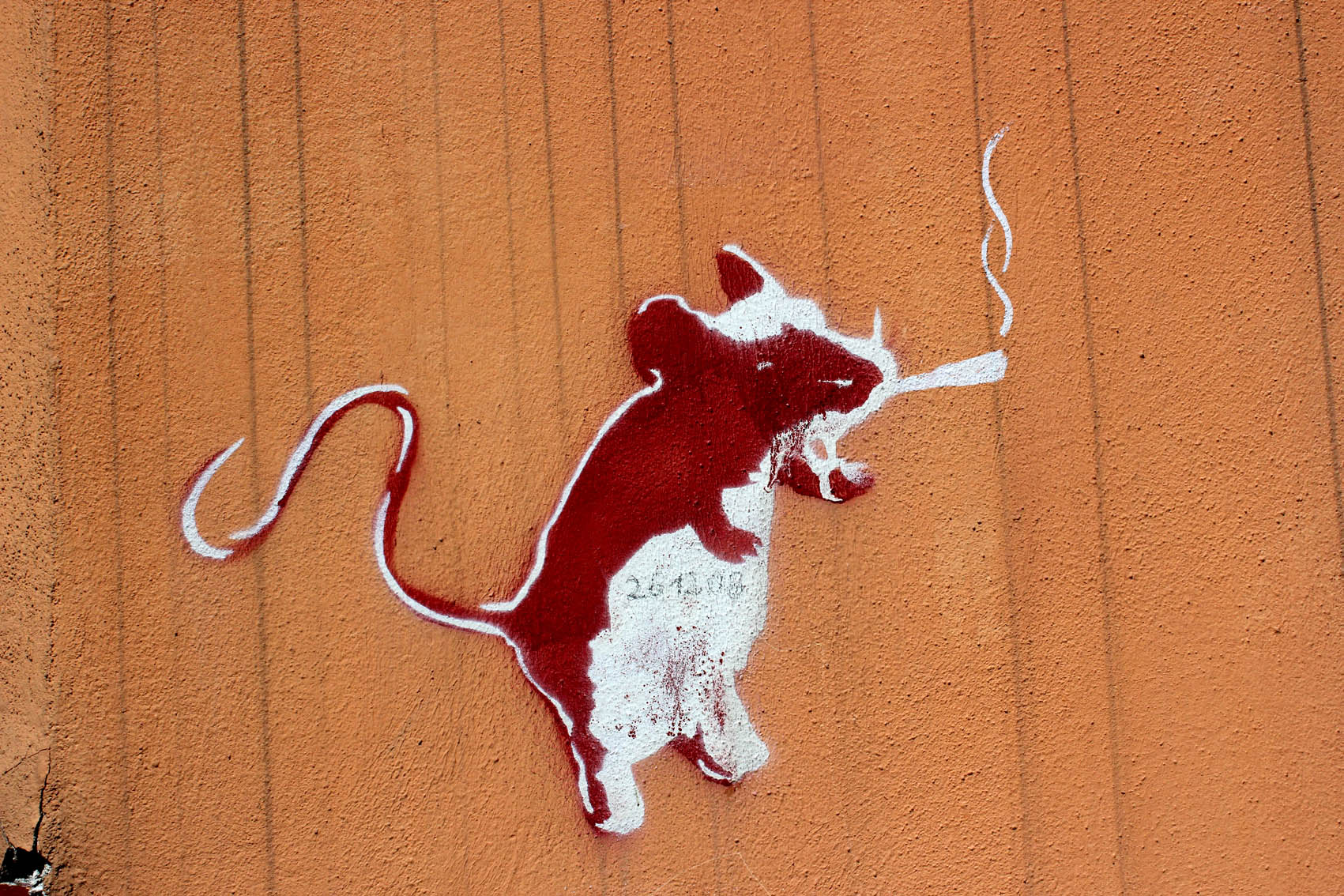
20/11/14 Cannabis can shrink an aggressive type of brain tumour
A new study in mice has found that cannabis can effectively shrink one of the most aggressive types of brain tumours, when combined with radiation treatments. The tumours were best treated by low doses of two cannabis compounds: THC, the psychoactive compound and CBD, with no psychoactive side effects. When used together, they made the tumours more receptive to the radiation treatment. THC and CBD are just two of a dozen of chemical compound found in cannabis, and combinations of different cannabinoids have also been found to kill and destroy of certain cancerous cells and reduce the growth of others
http://www.huffingtonpost.com/2014/11/18/marijuana-brain-cancer_n_6181060.html?ncid=fcbklnkushpmg00000042
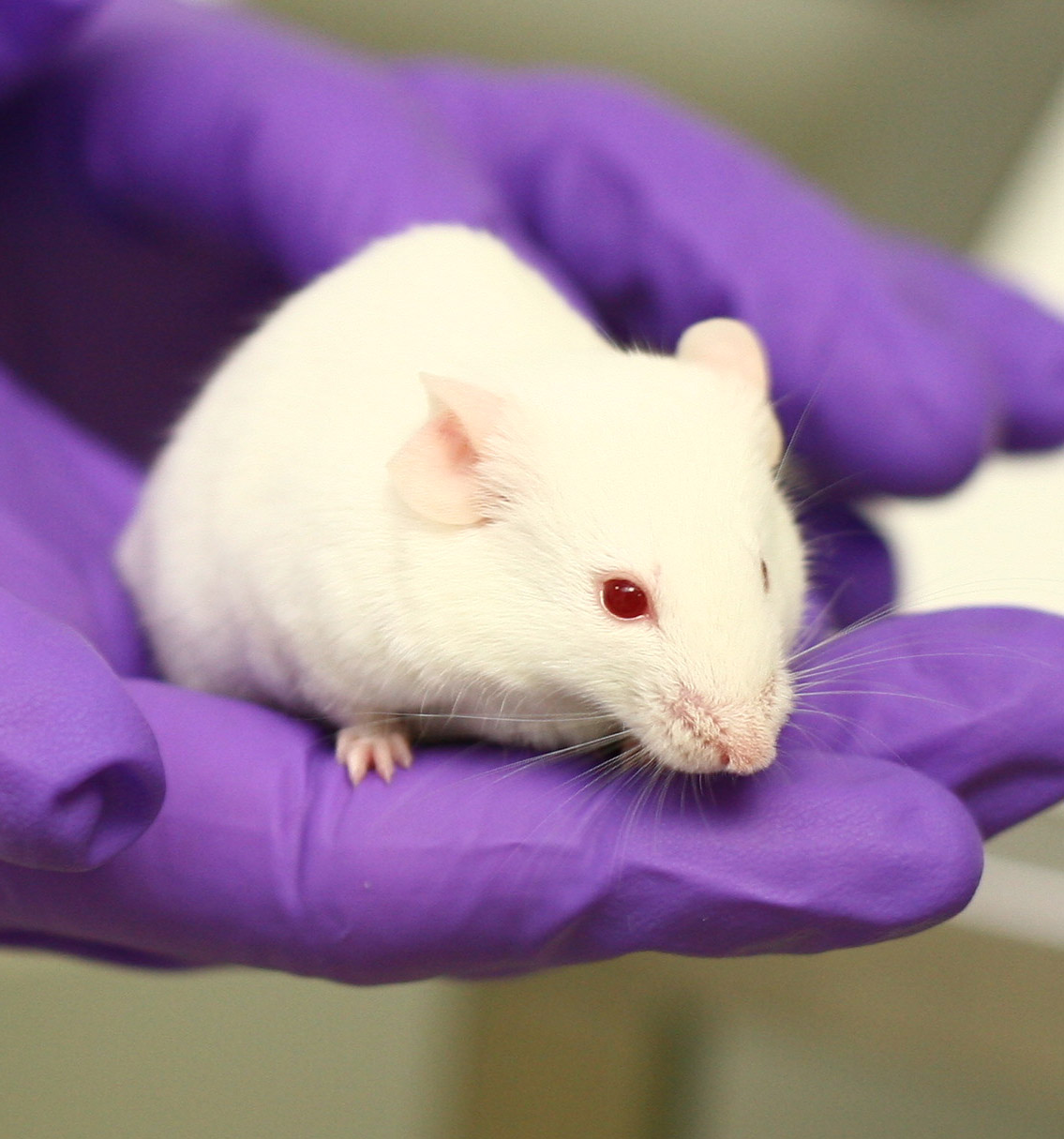
25/10/14 Cancer killing stem cells used to treat brain tumours in mice
Stem cells that secrete cancer-killing toxins could be used to treat brain cancer according to new studies in mice. The cells were genetically engineered to secrete large amounts of toxin, which crucially would kill only tumour cells and no others. During the mouse studies the stem cells were surrounded in a gel and placed at the site of a brain tumour after it had been removed. The remaining cancerous cells died. Chris Mason, professor of regenerative medicine at University College London, said: "This is a clever study, which signals the beginning of the next wave of therapies. It shows you can attack solid tumours by putting mini pharmacies inside the patient which deliver the toxic payload direct to the tumour. Cells can do so much. This is the way the future is going to be."
http://www.bbc.co.uk/news/health-29756238
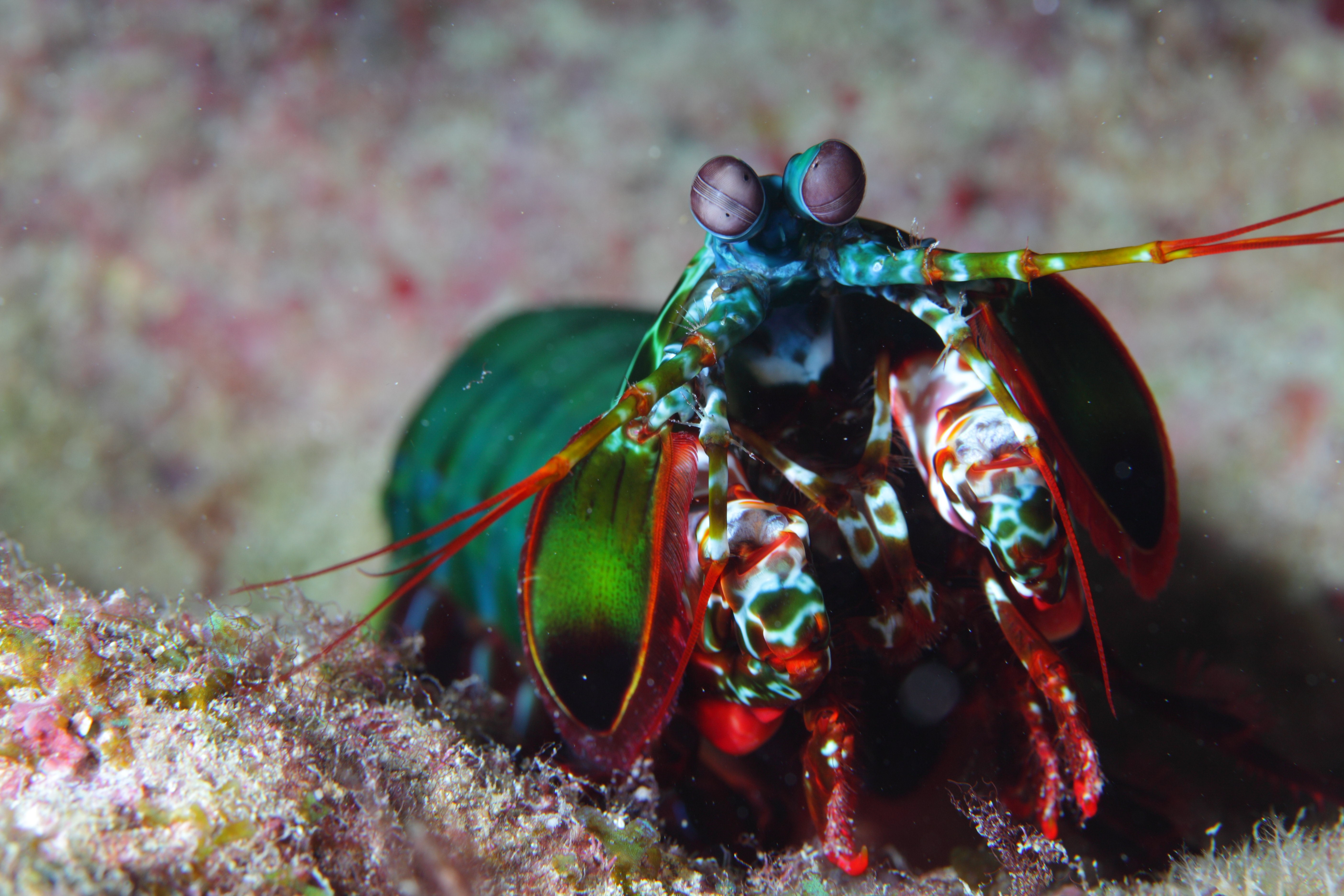
26/09/14 Mantis shrimp eyes help scientists see cancers inside the body
http://www.sciencealert.com.au/news/20142609-26244.html
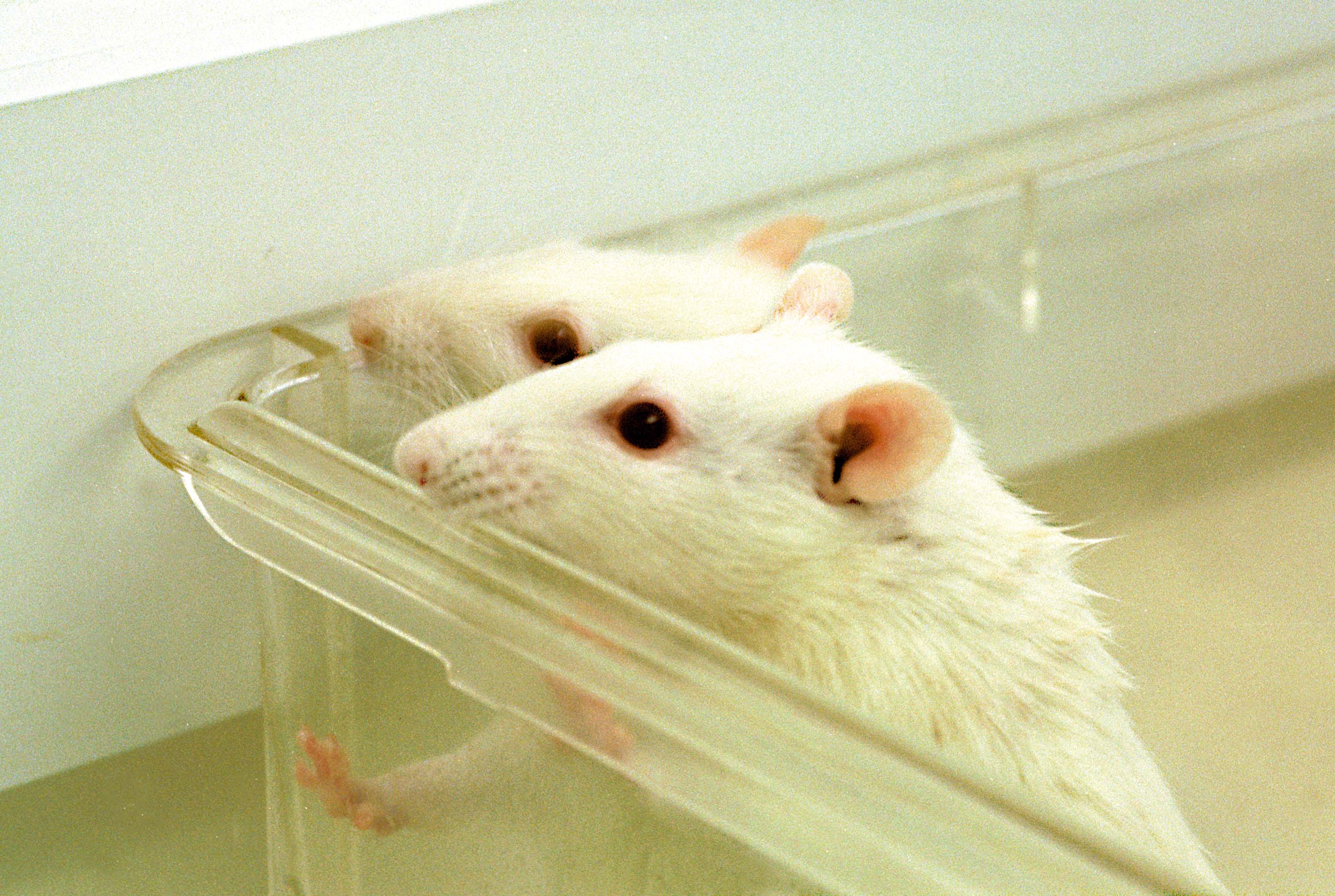
01/10/14 Melatonin and light VS breast cancer
Exposure to dim lights at night made rats with human breast cancer tumours more resistant to the chemotherapy drug doxorubicin. However, scientists found that providing the rats with melatonin supplements prevented this increased resistance. Dr Stephen Hill said: “Although our research is very promising, it is not at a point where we can make recommendations to breast cancer patients taking either tamoxifen or doxorubicin about melatonin supplementation”
http://www.aacr.org/Newsroom/Pages/News-Release-Detail.aspx?ItemID=608#.VCvYnhZ4XDw
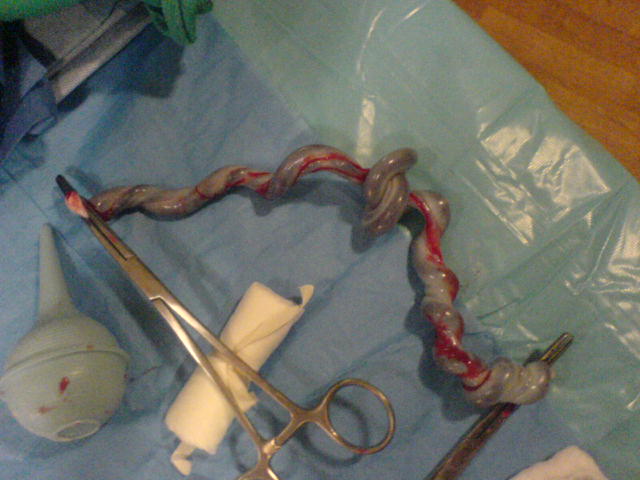
19/09/14 Umbilical cord stem cells could treat leukaemia
A protein found in umbilical cord stem cell blood could be used to treat leukaemia according to studies in mice. UM171 increases the number of stem cells present in umbilical cord blood, making its use as a treatment for adult patients viable for the first time. Typically the number of stem cells obtained is too low to be useful for adult patients. Guy Sauvageau, a haematologist at the University of Montreal, who led the work, said: “This . . . will allow thousands of patients around the world access to a safer stem cell transplant.”
http://www.thetimes.co.uk/tto/health/news/article4211159.ece
Last edited: 20 November 2018 16:31
